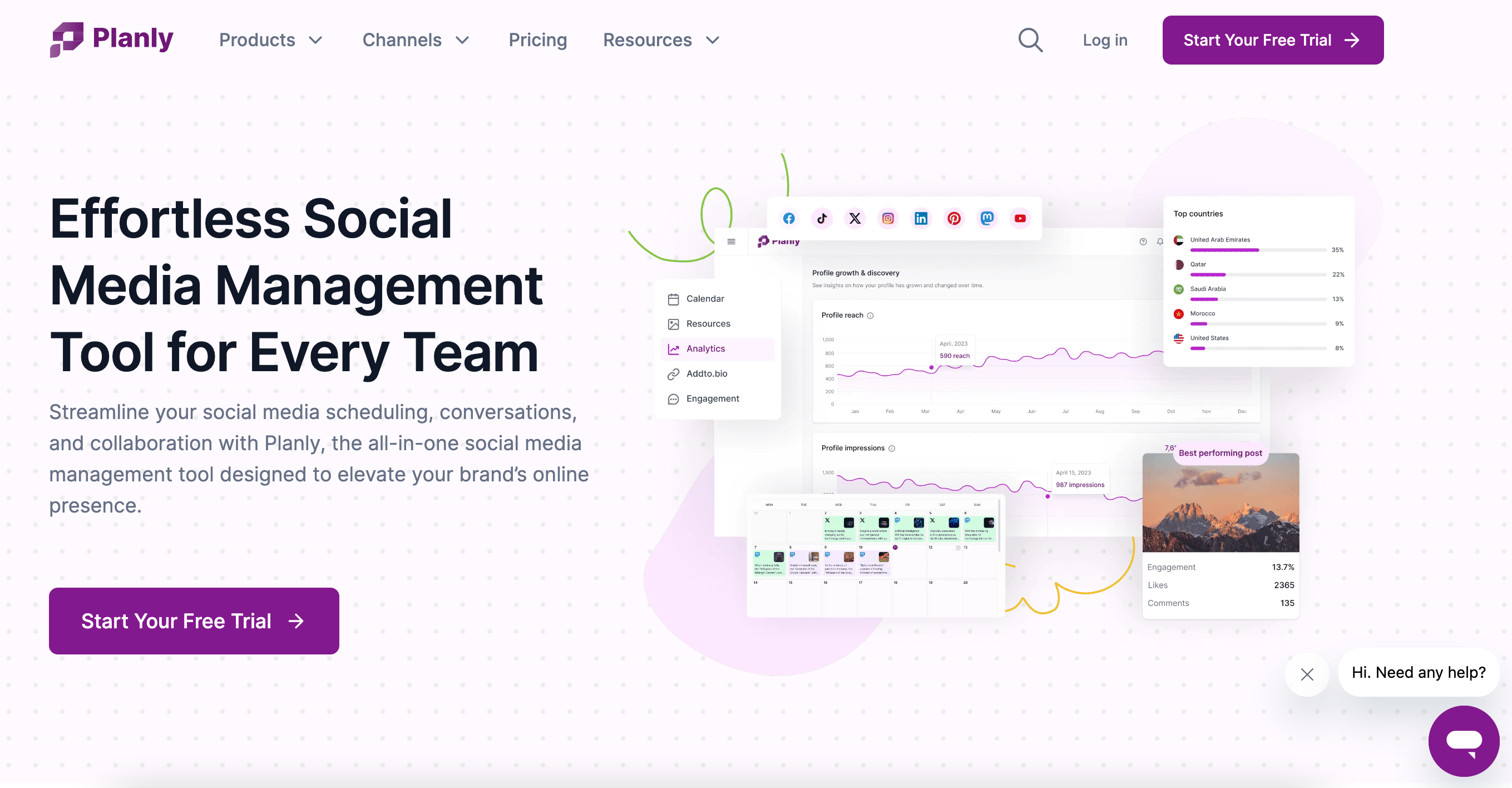What is Human Resource Management?
Human Resource Management (HRM) is the department of a company that deals with all aspects of its employees. In short, it’s about getting the best people, keeping them happy, and making sure they’re able to do their jobs well.
Here are some of the key things HR departments typically do:
- Recruit and hire new employees
- Train and develop employees
- Manage employee benefits and compensation
- Maintain employee relations
- Ensure compliance with labor laws
An effective HR department can help a company achieve its goals by creating a positive work environment, attracting and retaining top talent, and improving employee productivity, often supported by external HR consultants when internal capacity is limited..
Factor that matters HR Software Pricing
The cost of HR software can vary significantly depending on several factors. Here are some of the key things to consider when budgeting for HR software:
- Number of Users
- Features and Functionality:
- Customization:
- Deployment Type:
- Support and Maintenance:
- Compliance and Security Features:
- Training and Implementation:
- Vendor Reputation and Market Position:
- Contract Length:
- Integration with Other Systems:
By considering these factors, you can get a better idea of how much HR software will cost for your business. It’s important to carefully evaluate your needs and budget before making a decision. For companies managing international teams, using an Employer of Record service can streamline HR and payroll processes, ensuring compliance across borders.
8 Best Super CRM Tool For Startup – To Use Anyway in 2024
HRIS Pricing
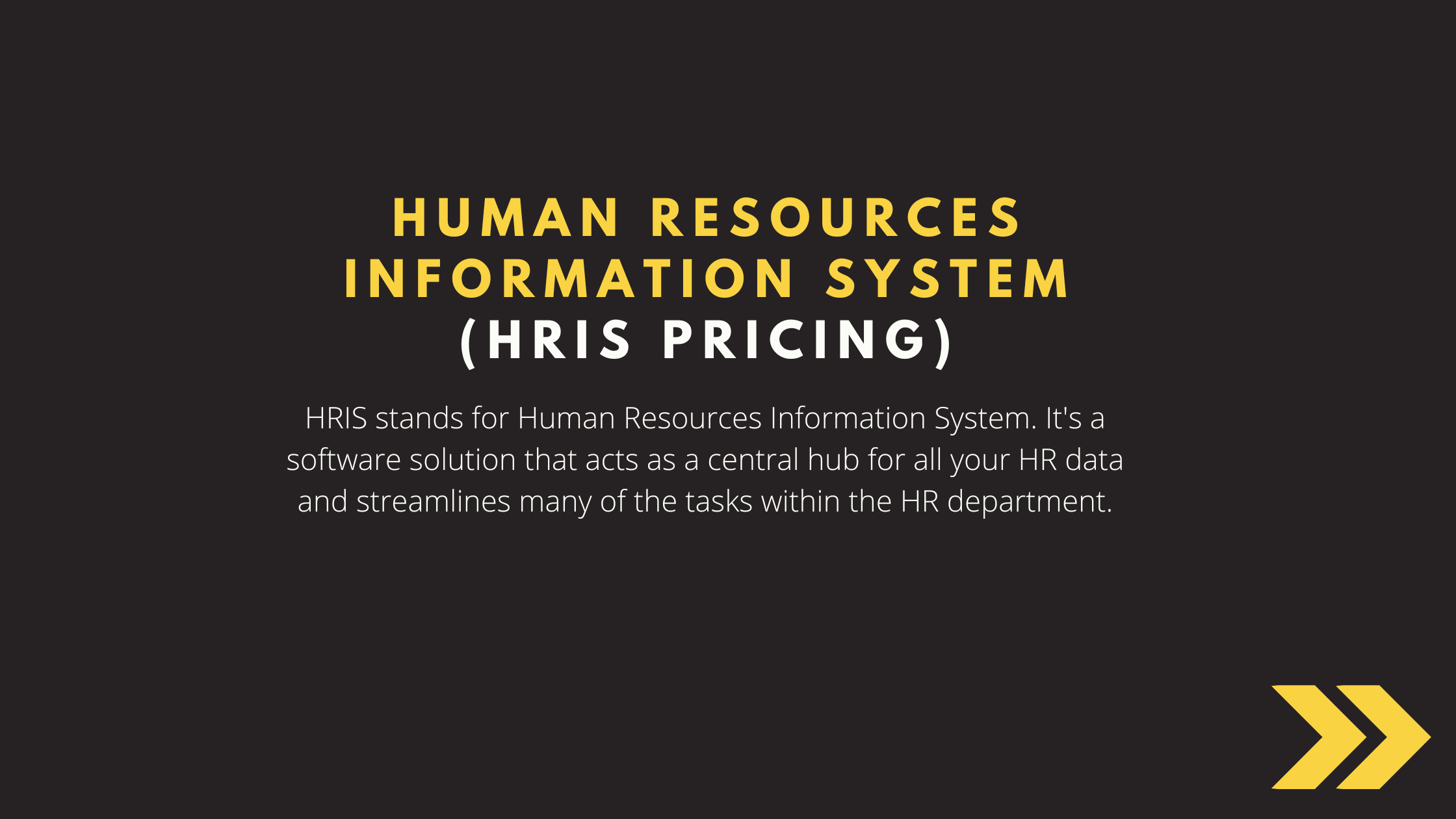 HRIS-PRICING
HRIS-PRICING
HRIS stands for Human Resources Information System. It’s a software solution that acts as a central hub for all your HR data and streamlines many of the tasks within the HR department.
Best 5 HRIS Software
#1 Monday.com HR
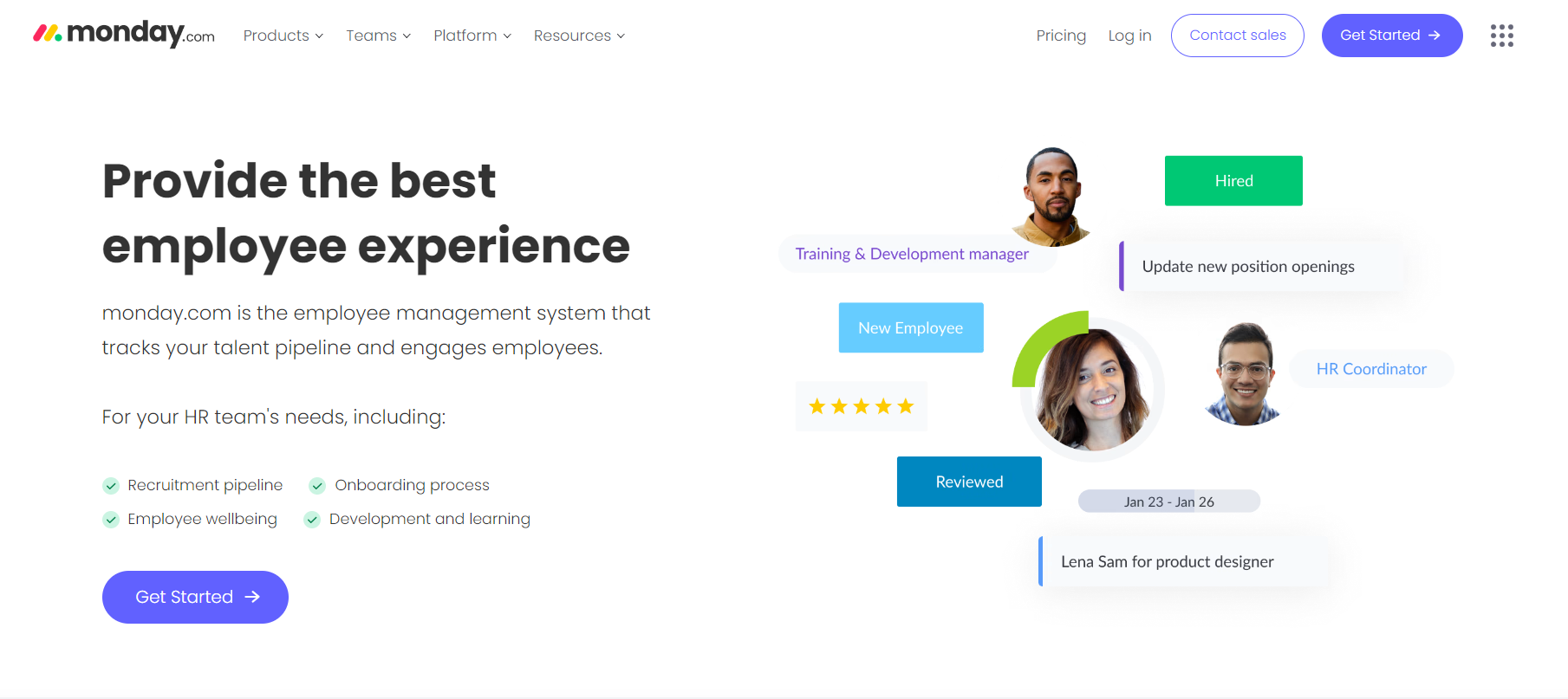 Monday HR
Monday HR
Monday.com offers an HR management solution built on their existing work management platform. It provides a flexible system for managing various HR functions but isn’t a fully-fledged HRIS.
Top Features:
- Streamlined recruitment & onboarding processes with templates and automations.
- Employee directory with permission-based access.
- Performance review templates and competence management models.
- Integration with other HR software for specific needs.
Pricing Structure:
- Free Plan Available Upto 2 Users
- Basic Plan : 3 Users / 36$ Per Month
- Standard Plan : 3 Users / 42$ Per Month
- Pro Plan : 3 Users / 72$ Per Month
- Enterprise Plan : Contact to Sales
#2 OrgaNice

OrgaNice
OrgaNice presents an AI-powered HR management solution tailored for Slack-first teams. Enhance your workplace culture with a focus on active listening, ensuring your Slack-based teams stay organized, recognized, synchronized, and engaged.
Top Features:
- Build your org chart with AI based on Slack data.
- Celebrate birthdays and anniversaries in your Slack workspace.
- Manage time offs and vacations without leaving Slack.
- Kickstart a culture of recognition in your Slack workspace.
- Make employee feedback your superpower – right in Slack.
Pricing Structure:
- Free Plan Available < 36 members in Slack workspace
- Professional Plan : $1.25. Billed monthly per employee
- Enterprise Plan : Contact to Sales
#3 Rippling
[caption id=”attachment_11850″ align=”aligncenter” width=”1592″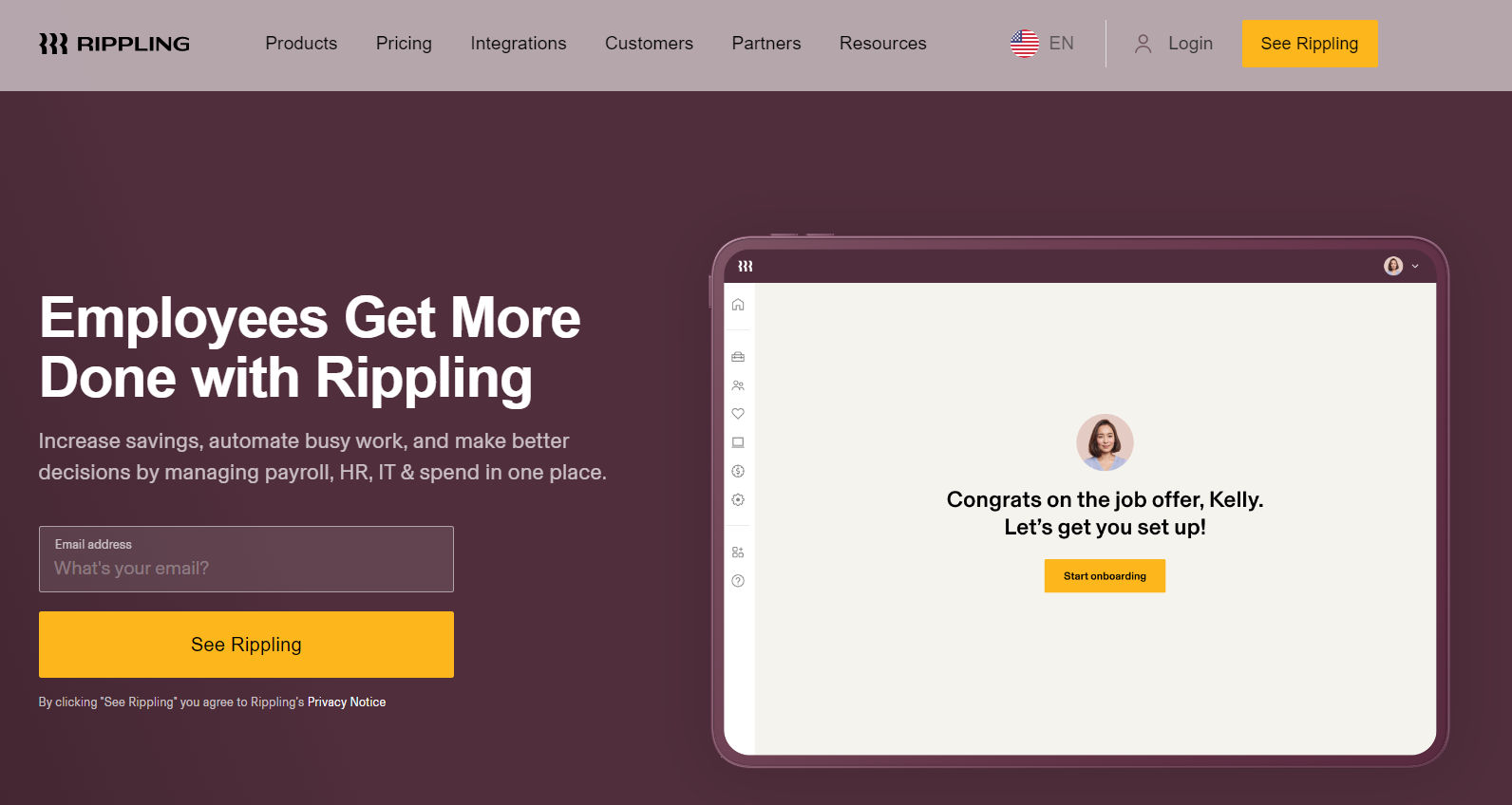 Rippling[/caption
Rippling[/caption
Rippling is a cloud-based HRIS designed for small and medium-sized businesses. It focuses on providing a user-friendly experience for both HR professionals and employees.
Top Features:
- Employee onboarding, PTO tracking, and document management.
- Payroll processing and benefits administration (integrations with providers).
- Performance management tools and applicant tracking system (additional features).
- Easy-to-use interface with mobile app access.
Pricing Structure:
Rippling offers a transparent pricing structure based on a monthly fee per user.
#4 Workday
[caption id=”attachment_11851″ align=”aligncenter” width=”1881″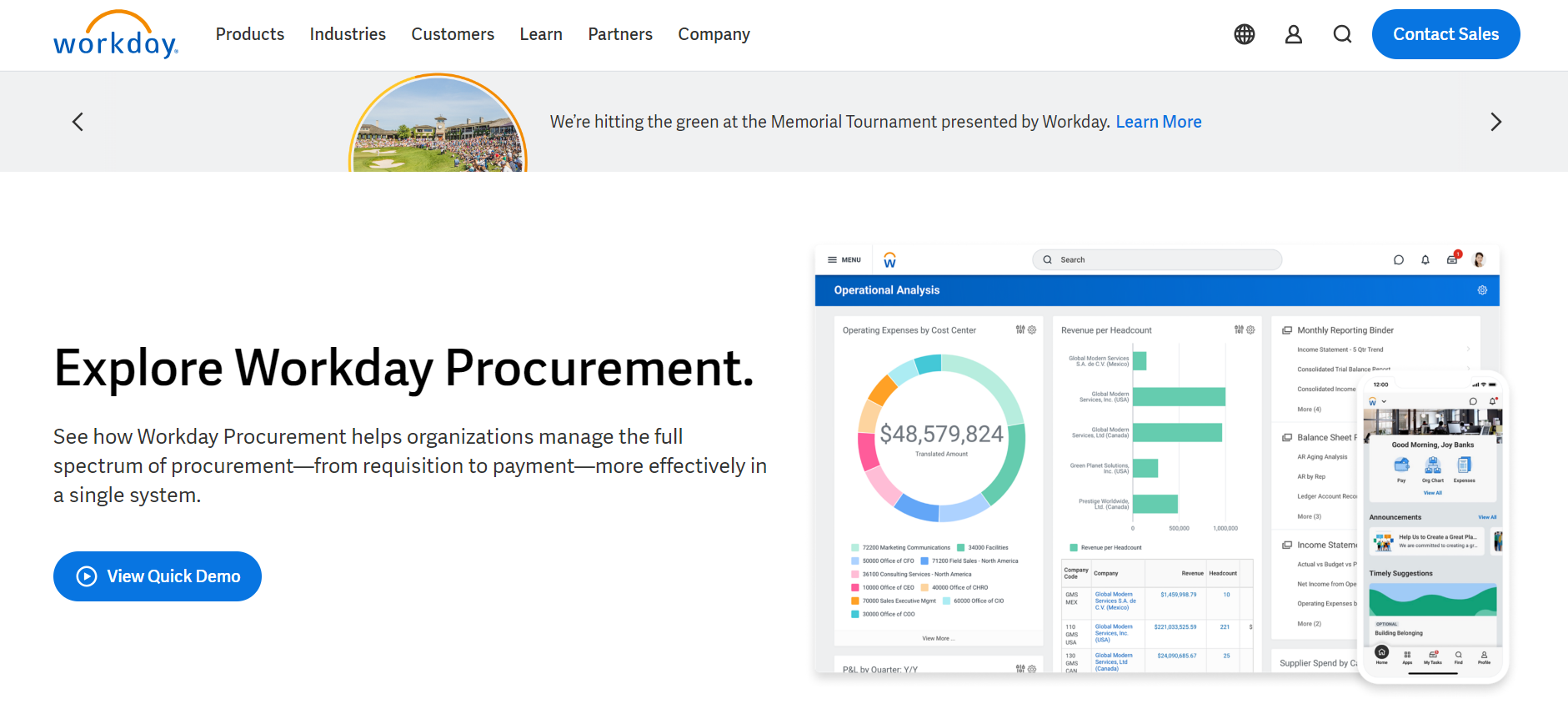 Workday[/caption
Workday[/caption
Workday is a leading cloud-based HRIS designed for large enterprises. It offers a comprehensive suite of HR functionalities with strong reporting and analytics capabilities.
Top Features:
- Core HR features like employee self-service, organizational management, and time tracking.
- Talent management including recruitment, onboarding, and performance management.
- Financial management features like payroll, benefits administration, and expense management (integrations or additional modules).
- Advanced reporting and analytics tools.
Pricing Structure:
- 30 Day Free Trial Available
- Workday utilizes a quote-based pricing model. The cost typically depends on the number of users, features required, and implementation complexity.
#5 FactoHR
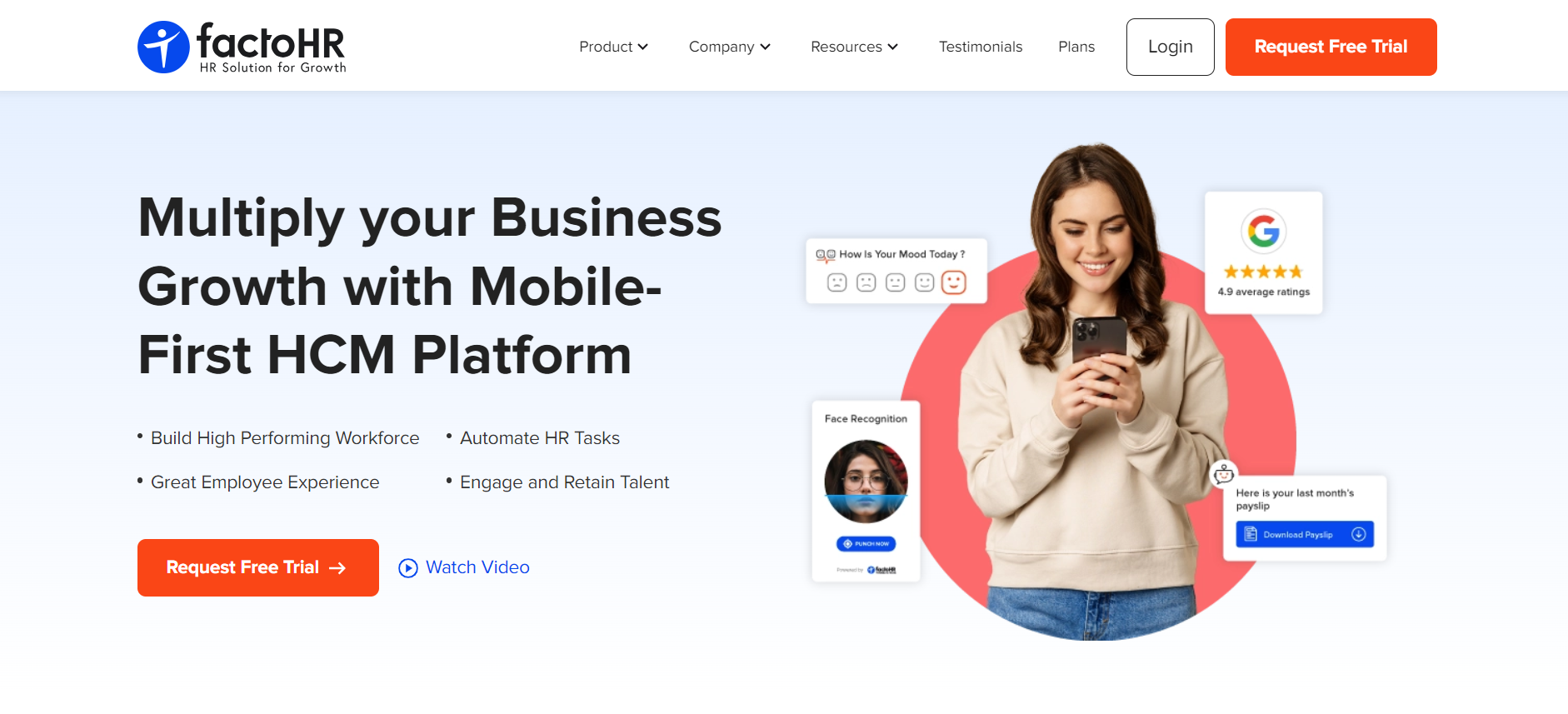
FactoHR
FactoHR is a leading Human Resource Information System (HRIS) software designed to streamline HR processes and empower businesses to make data-driven decisions. With its comprehensive features, factoHR offers a one-stop solution for managing various HR functions, from employee onboarding to performance management and payroll processing.
Top Features:
- Centralize employee data, manage records, and track employee lifecycle information.
- Streamline the hiring process with applicant tracking, job postings, and automated onboarding workflows.
- Accurately track employee hours, manage leave, and calculate overtime.
- Automate payroll calculations, and deductions, and generate payslips, ensuring compliance with labor regulations.
- Empower employees with a mobile app for self-service and on-the-go access to HR information.
Pricing Structure: Contact the vendor
Payroll Software Pricing
[caption id=”attachment_11844″ align=”aligncenter” width=”2240″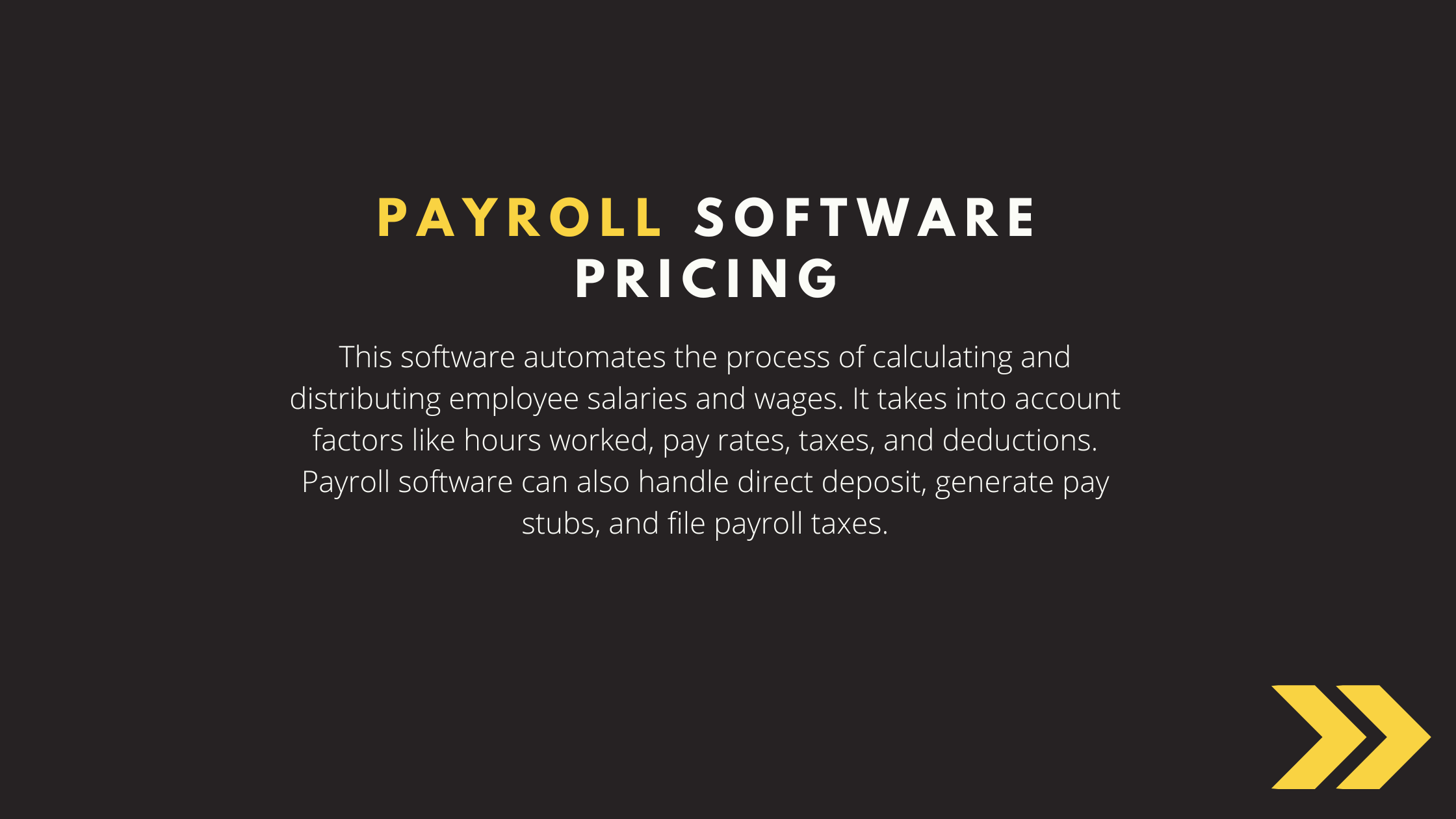 Payroll-Software-Pricing[/caption
Payroll-Software-Pricing[/caption
This software automates the process of calculating and distributing employee salaries and wages. It takes into account factors like hours worked, pay rates, taxes, and deductions. Payroll software can also handle direct deposit, generate pay stubs, and file payroll taxes.
Best 3 Payroll Software
While OnPay, Gusto, and Justworks all touch on aspects of HR, their primary focus is on payroll processing and related features. Here’s a breakdown of each:
#1 OnPay
[caption id=”attachment_11852″ align=”aligncenter” width=”1677″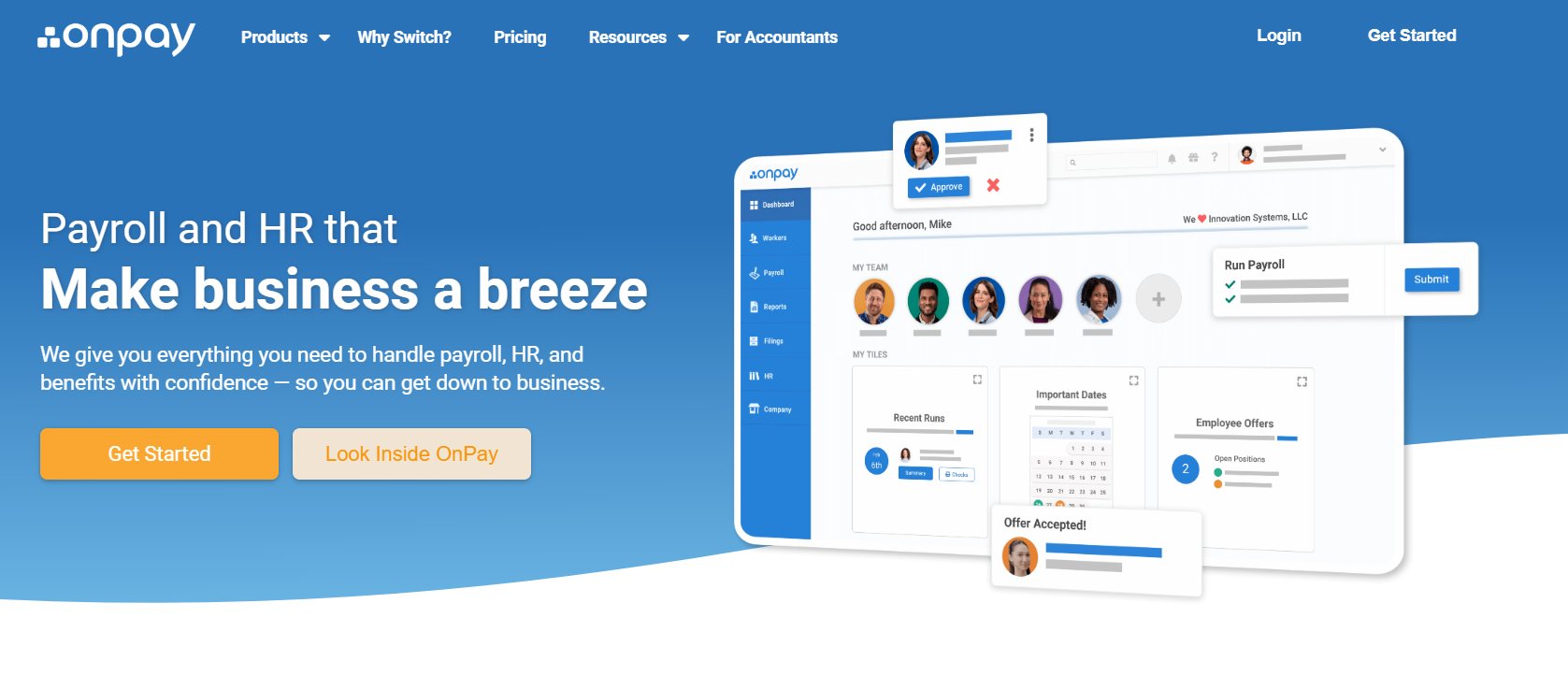 OnPay[/caption
OnPay[/caption
OnPay is an online payroll processing service designed for growing businesses. It focuses on ease of use and affordability.
Top Features:
- Streamlined payroll processing for salaried, hourly, and contract employees.
- Automated tax filing and direct deposit.
- Integration with popular accounting software.
- Mobile app access for employees and payroll managers.
Pricing Structure:
OnPay offers a flat-rate pricing model per paycheck processed, with discounts for higher volume.
#2 Gusto
[caption id=”attachment_11853″ align=”alignnone” width=”1684″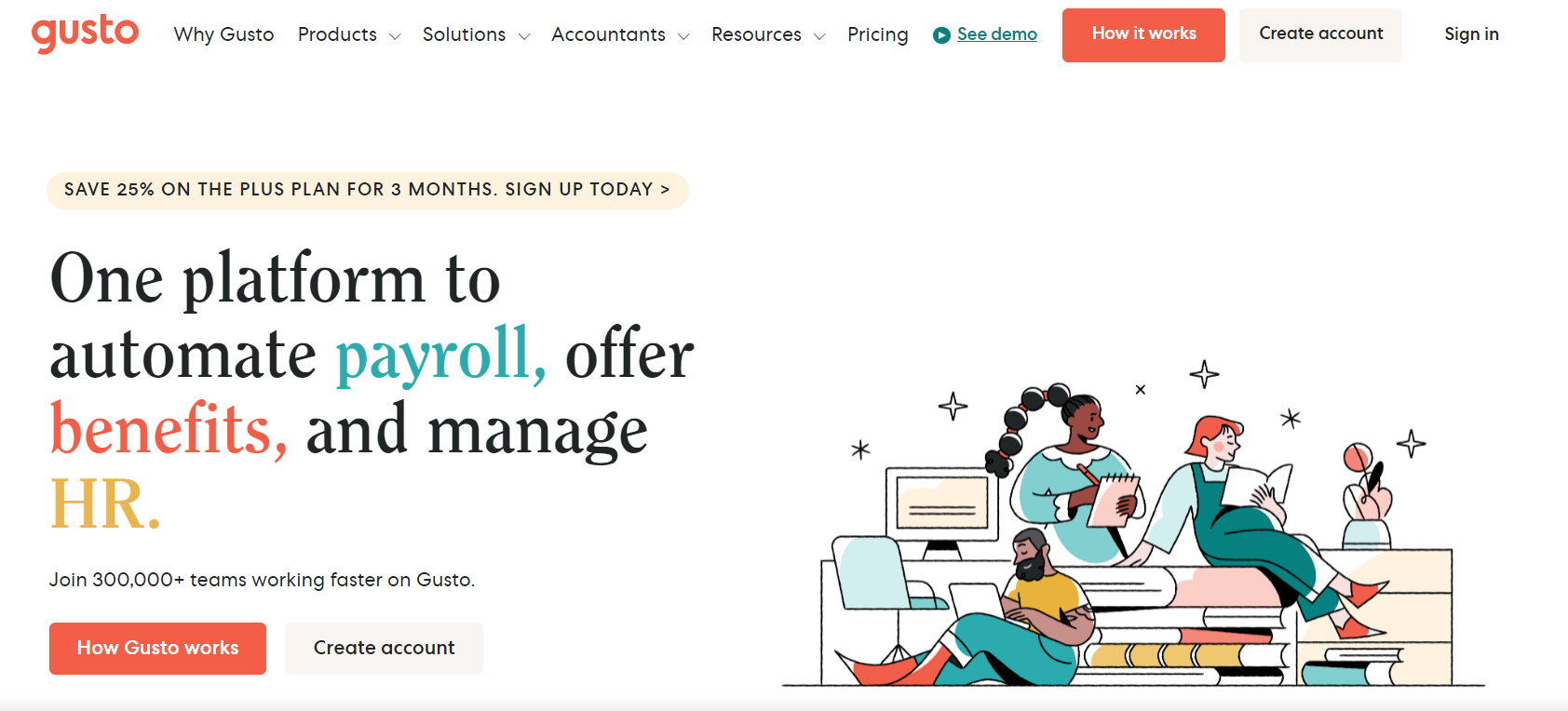 Gusto[/caption
Gusto[/caption
Gusto is a comprehensive payroll and HR platform designed for small and medium-sized businesses. They offer a wider range of HR features compared to OnPay.
Top Features:
- All features of OnPay, plus:
- Benefits administration (health insurance, etc.) with automated deductions.
- Time tracking and project management tools (additional plan).
- Onboarding tools and employee self-service portal.
- Basic talent management features like performance reviews.
Pricing Structure: Gusto offers tiered pricing based on features and number of employees. Basic plans cover payroll, while higher tiers include additional HR functionalities.
#3 Justworks
[caption id=”attachment_11854″ align=”aligncenter” width=”1762″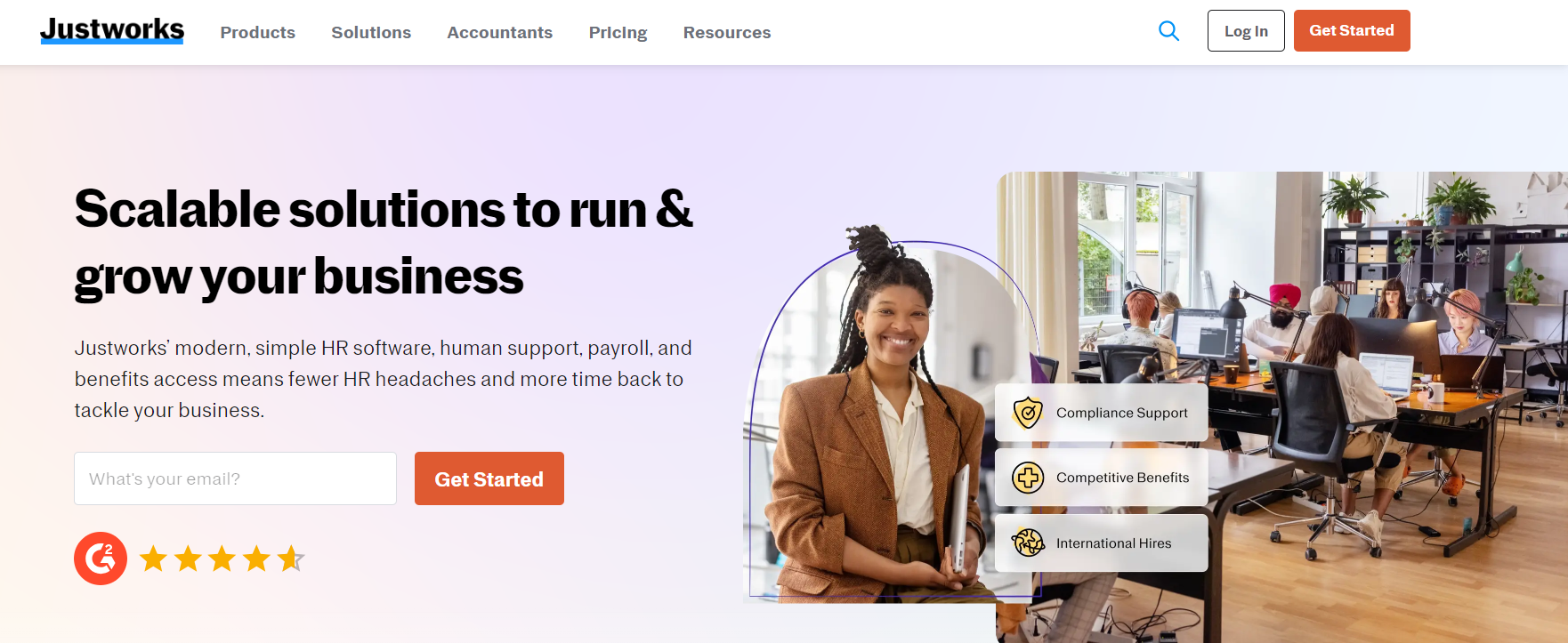 JustWorks[/caption
JustWorks[/caption
Justworks is a Professional Employer Organization (PEO) that combines payroll, HR administration, and employee benefits into a single package. They handle many employer responsibilities, making them ideal for companies that want to outsource HR tasks.
Top Features:
- All features of OnPay, plus:
- Employer health insurance and other benefit options (potentially lower cost due to Justworks’ buying power).
- Dedicated HR support team to handle tasks like compliance and new hire paperwork.
- Workers’ compensation insurance.
Pricing Structure:
Justworks uses a per-employee, per-month pricing model. The cost varies depending on the plan and number of employees.
Recruitment Software Pricing
[caption id=”attachment_11845″ align=”alignnone” width=”2240″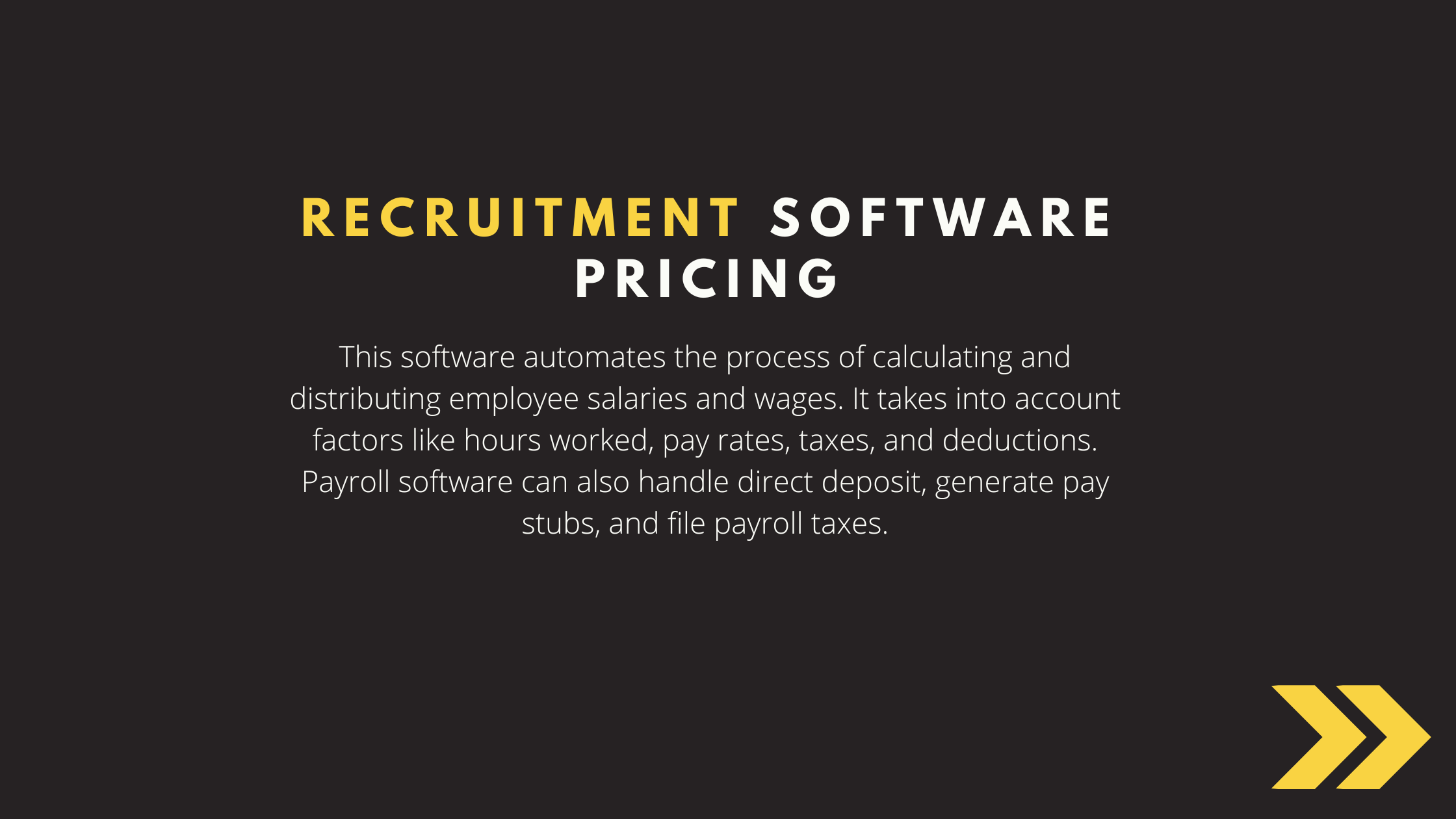 Recruitment-Software-Pricing[/caption
Recruitment-Software-Pricing[/caption
Applicant Tracking Systems (ATS) streamline the recruitment process by helping you manage job postings, applications, and candidate information. They allow you to source candidates, screen resumes, schedule interviews, and track the progress of applicants throughout the hiring process.
Best 3 Recruitment Software
#1 JazzHR
[caption id=”attachment_11855″ align=”aligncenter” width=”1765″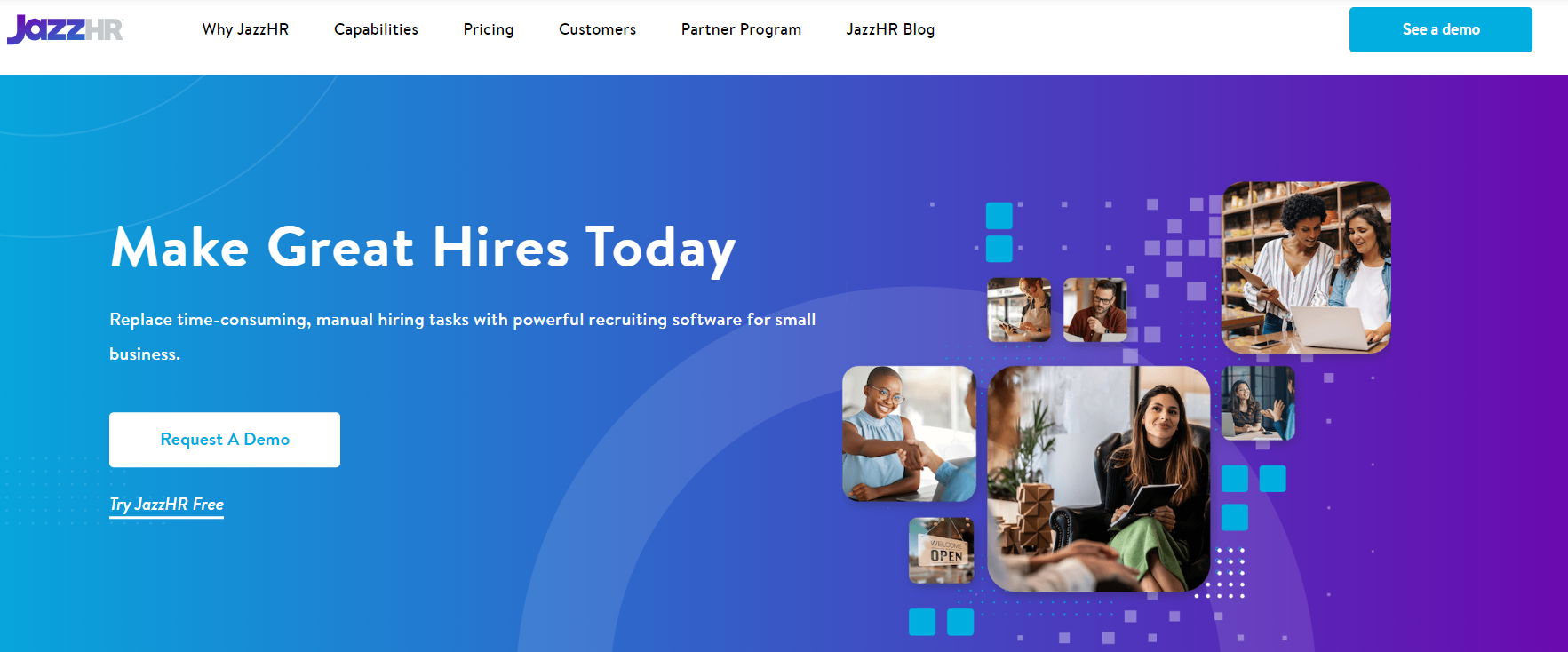 JazzHR[/caption
JazzHR[/caption
JazzHR is a user-friendly ATS that caters to small and medium-sized businesses. It offers core recruitment features and integrates with various HR tools.
Top Features:
- Job posting and multi-channel distribution to job boards.
- Easy-to-use interface for managing applications and candidate profiles.
- Automated workflows for scheduling interviews and sending emails.
- Talent pool management to track potential candidates.
- Integrations with popular HRIS, payroll, and productivity tools (may require additional fees).
Pricing Structure:
JazzHR offers tiered pricing based on features and number of users.
#2 Breezy HR
[caption id=”attachment_11856″ align=”aligncenter” width=”1728″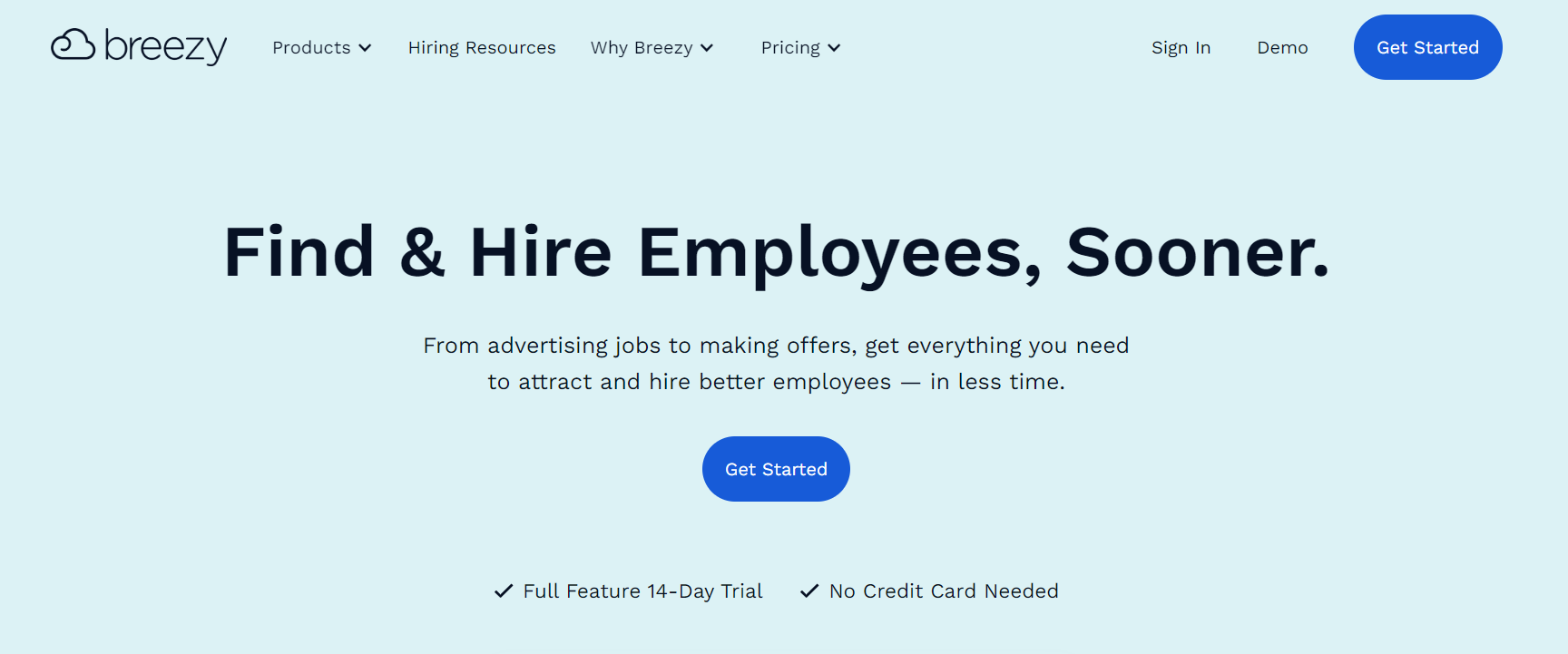 Breezy HR[/caption
Breezy HR[/caption
Breezy HR is a modern and affordable ATS known for its ease of use and mobile-friendly design.
Top Features:
- Simple job posting and social media sharing.
- Conversational interview scheduling with candidates.
- Collaborative hiring tools for teams.
- Candidate scorecards and ranking system.
- Strong reporting and analytics to track recruitment metrics.
- Free plan available with limited features.
Pricing Structure: Breezy HR offers a free plan with basic features, along with paid tiers with additional functionalities based on number of users.
#3 Zoho Recruit
[caption id=”attachment_11857″ align=”aligncenter” width=”1888″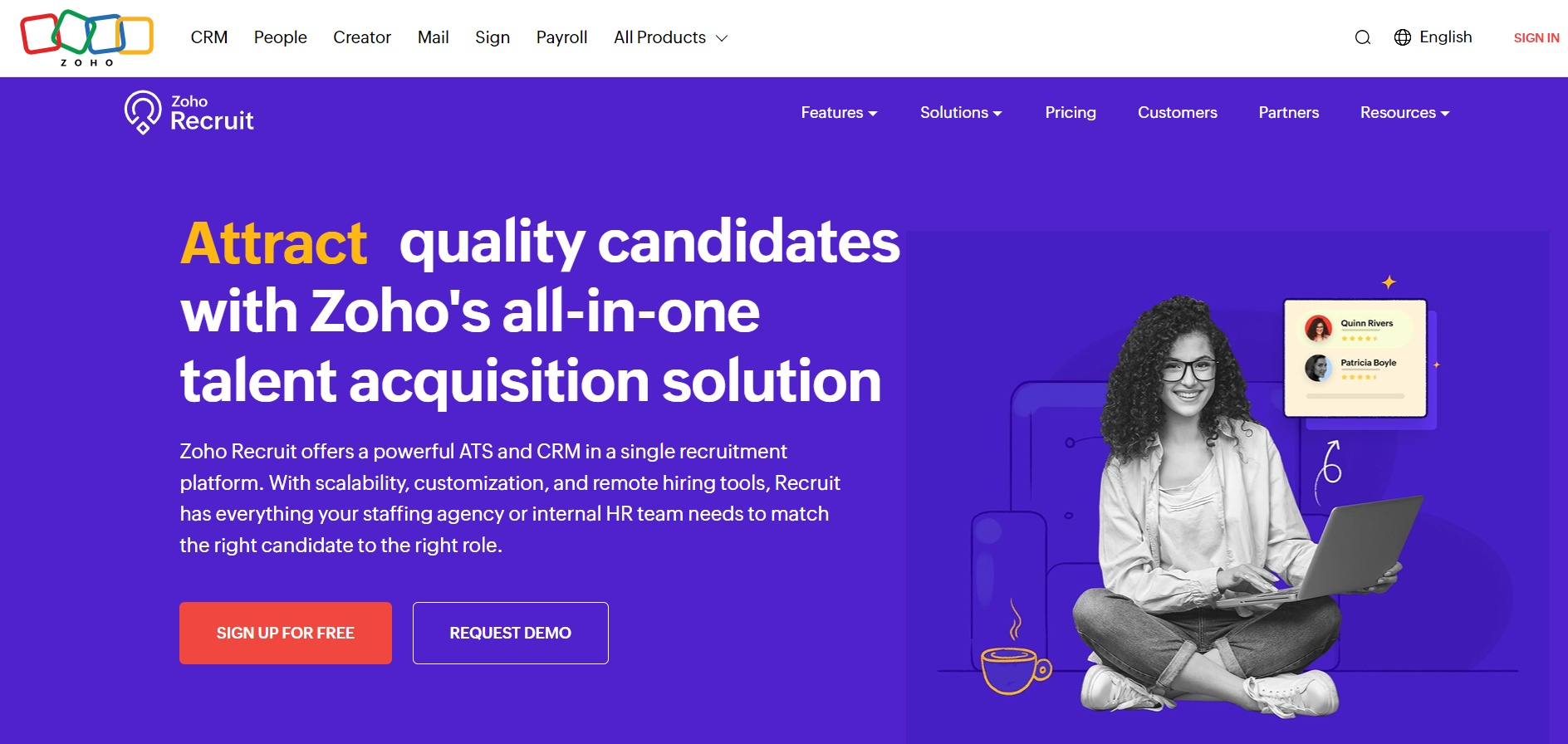 Zoho Recruit[/caption
Zoho Recruit[/caption
Zoho Recruit is a comprehensive ATS with a robust feature set, ideal for businesses of all sizes. It’s part of the Zoho suite, offering integrations with other Zoho applications.
Top Features:
- All features of JazzHR and Breezy HR (paid plans).
- Advanced sourcing tools like social recruiting and career page management.
- Customization options for workflows and candidate assessments.
- Mobile app for managing recruitment on the go.
- Integrates with other Zoho applications like CRM and project management tools.
Pricing Structure: Zoho Recruit offers tiered pricing based on features and number of users.
HR Onboarding Software Pricing
[caption id=”attachment_11842″ align=”aligncenter” width=”2240″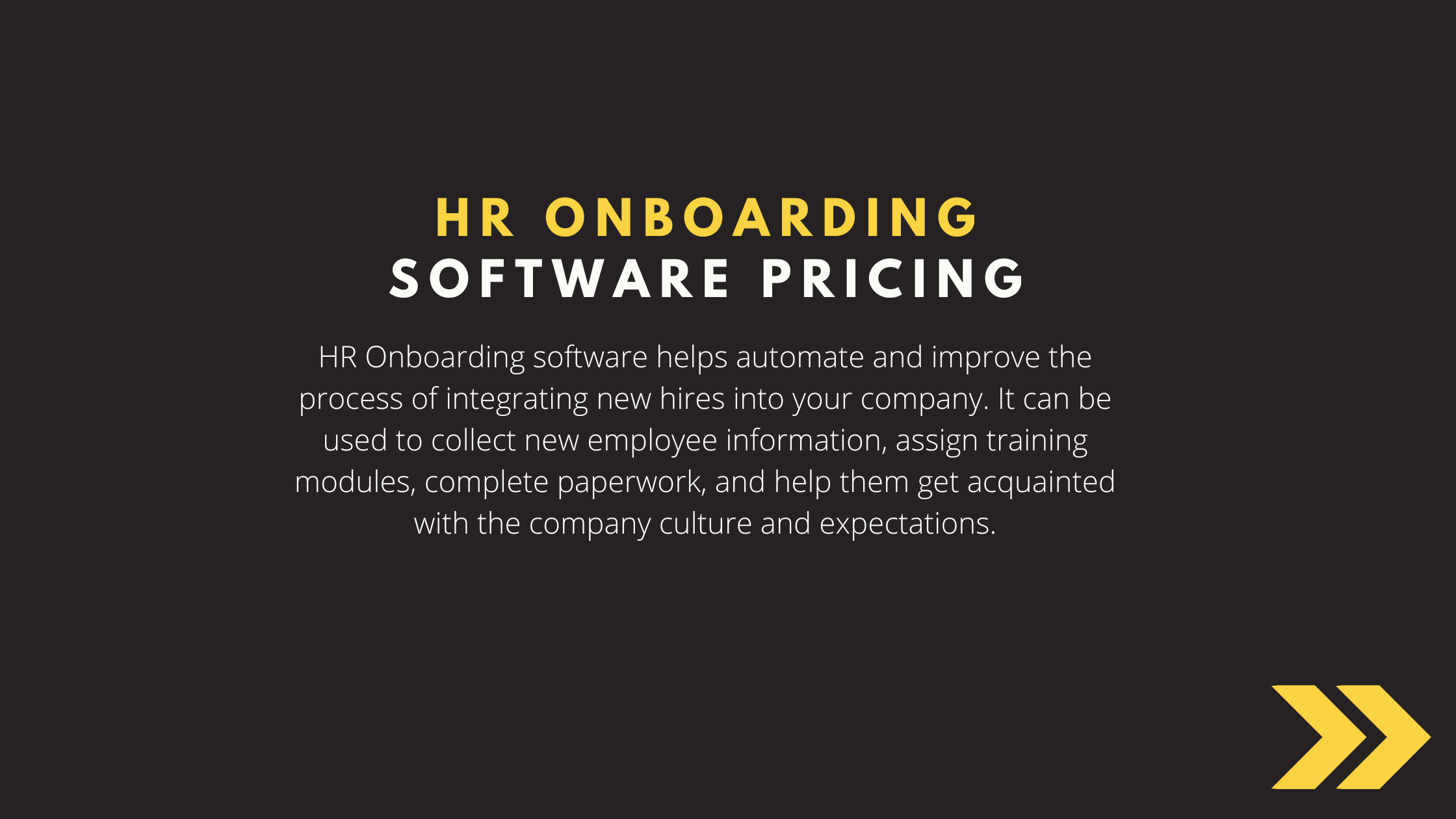 HR-Onboarding-Software-Pricing
HR-Onboarding-Software-Pricing
HR Onboarding software helps automate and improve the process of integrating new hires into your company. It can be used to collect new employee information, assign training modules, complete paperwork, and help them get acquainted with the company culture and expectations.
Best 3 Onboarding Software
#1 Namely HR
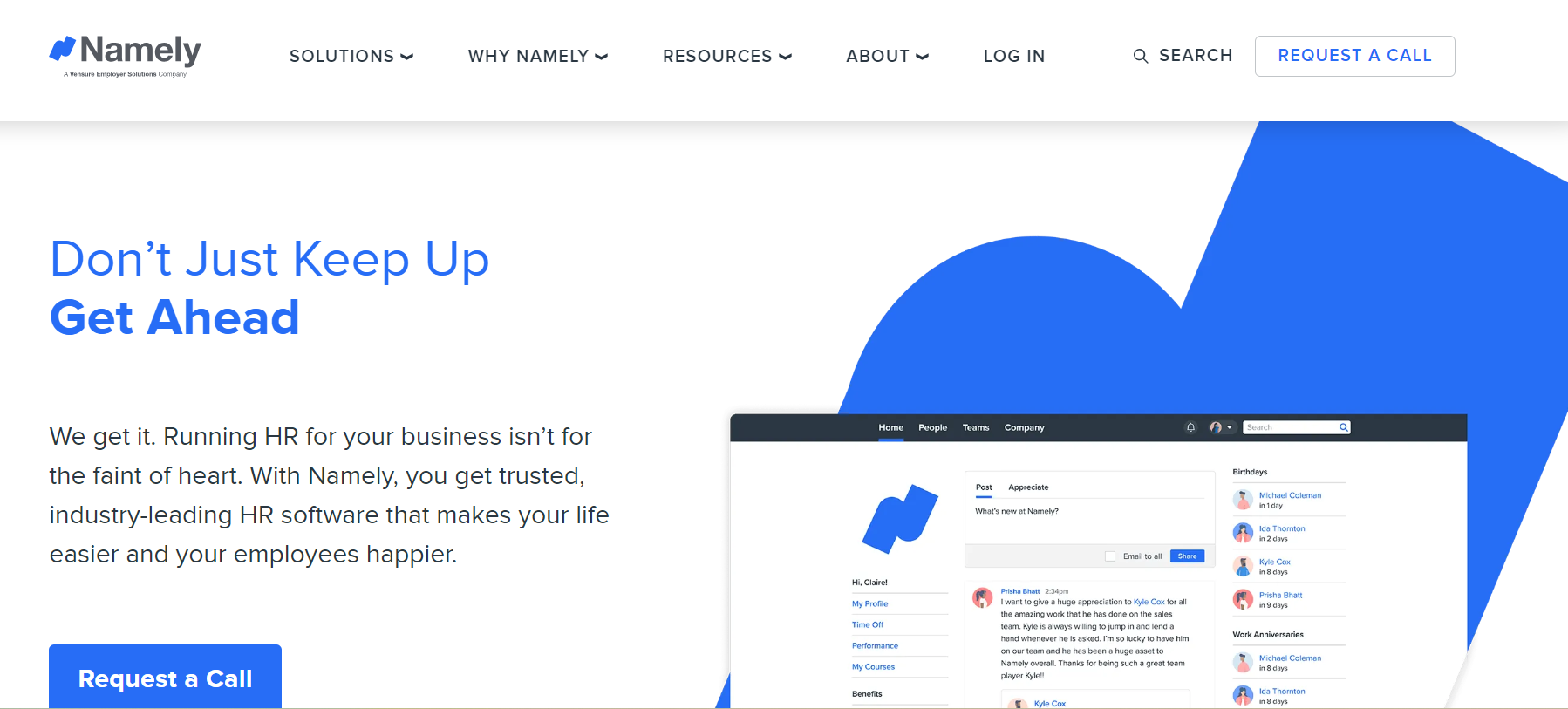 Namely HR
Namely HR
Namely HR is a cloud-based HRIS designed for mid-sized businesses. It offers a user-friendly interface and focuses on employee engagement features.
Top Features:
- Core HR features like payroll, benefits administration, and time tracking.
- Applicant tracking system (ATS) for recruitment management.
- Performance management tools with goal setting and feedback.
- Employee self-service portal and mobile app access.
- Built-in social newsfeed to foster employee communication and engagement.
- Integrations with other business tools (may require additional fees).
Pricing Structure: Namely HR uses a custom quote-based pricing model. The cost typically depends on the number of employees, features required, and implementation complexity.
#2 Paycor
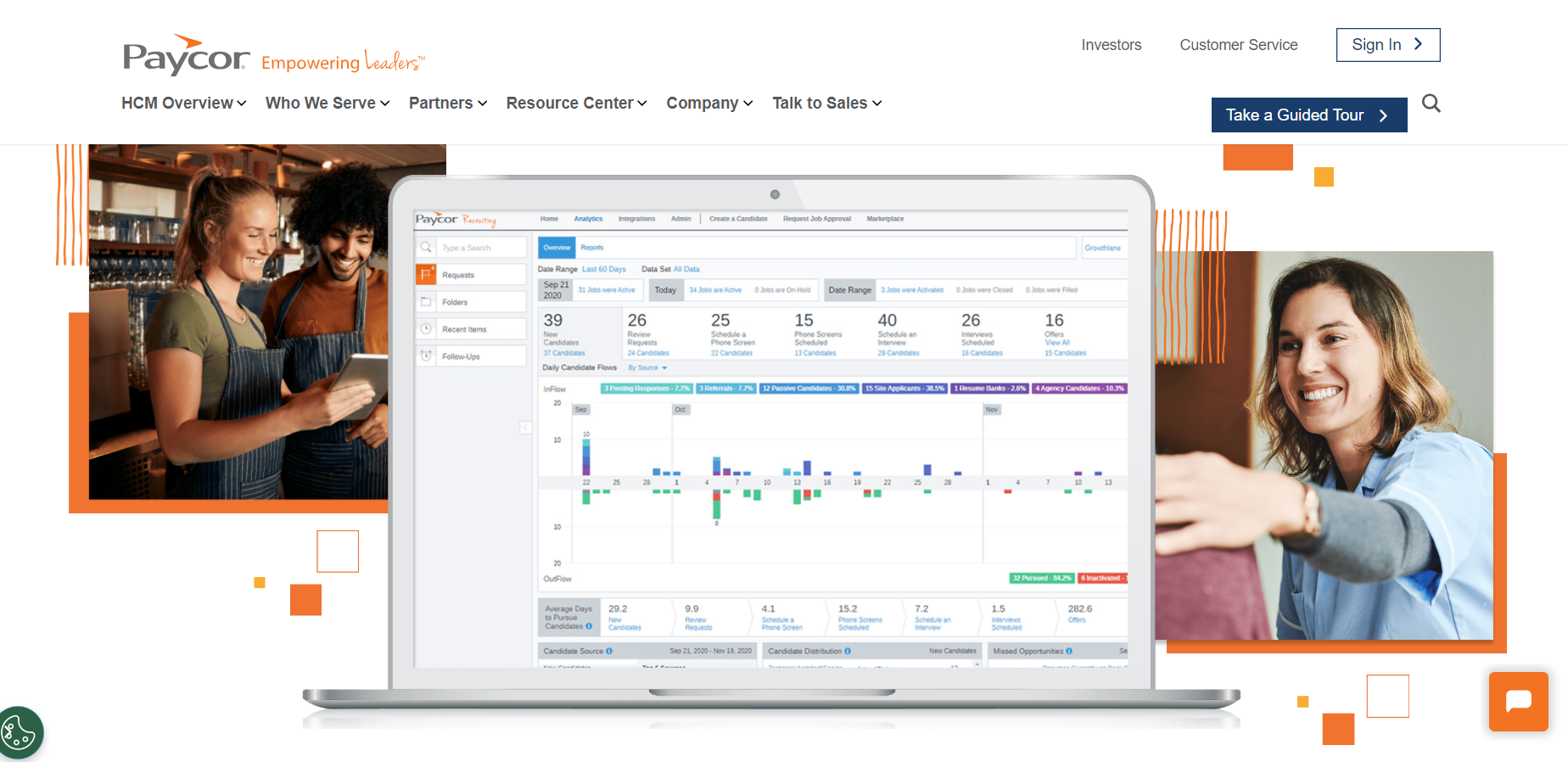 Paycor
Paycor
Paycor is a cloud-based HRIS designed for businesses of all sizes. They offer a modular approach, allowing companies to choose the specific HR features they need.
Top Features:
- Core HR features like payroll, benefits administration, and time & attendance tracking.
- Talent management tools including onboarding, applicant tracking (ATS), and learning management.
- Performance management with feedback and goal tracking.
- HR analytics and reporting to measure key metrics.
- Compliance tools to help manage regulations and tax filings.
- Scalable platform to accommodate business growth.
Pricing Structure: Paycor offers tiered pricing based on features and number of employees. They also have a modular pricing option where you can choose the specific HR functionalities you need.
#3 ADP Workforce Now
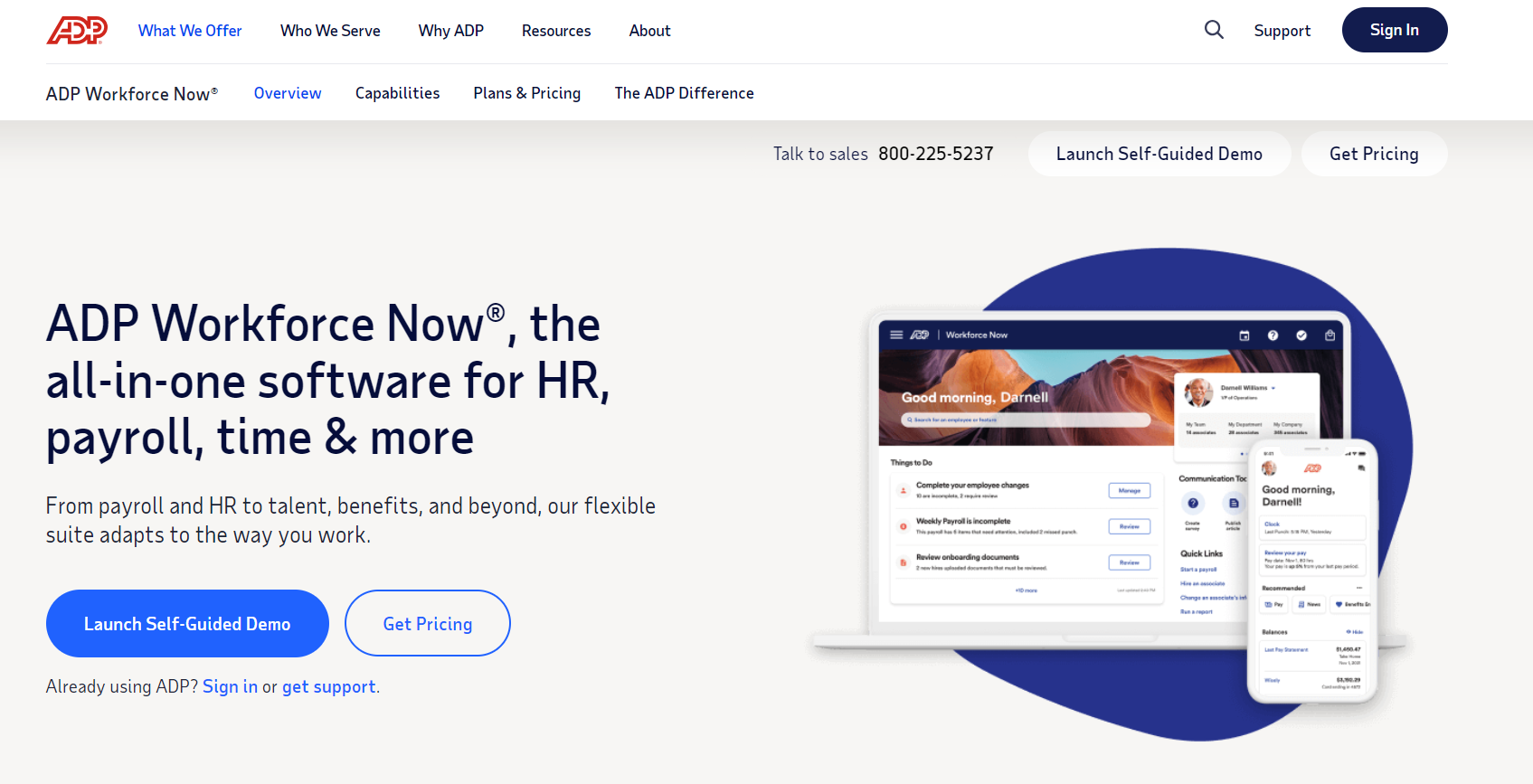 ADP Workforce Now
ADP Workforce Now
ADP Workforce Now is a cloud-based HRIS from a leading payroll provider, ADP. It’s a comprehensive solution that caters to businesses of all sizes.
Top Features:
- Core HR features like payroll, benefits administration, and time & attendance.
- Talent management with applicant tracking (ATS), onboarding, and performance management.
- Compliance tools and tax filing assistance.
- Learning management system (LMS) for employee training.
- HR reporting and analytics with customizable dashboards.
- Strong integrations with other ADP solutions.
Pricing Structure:
ADP Workforce Now uses a custom quote-based pricing model. The cost typically depends on the number of employees, features required, and implementation complexity.
Performance Management Software Pricing
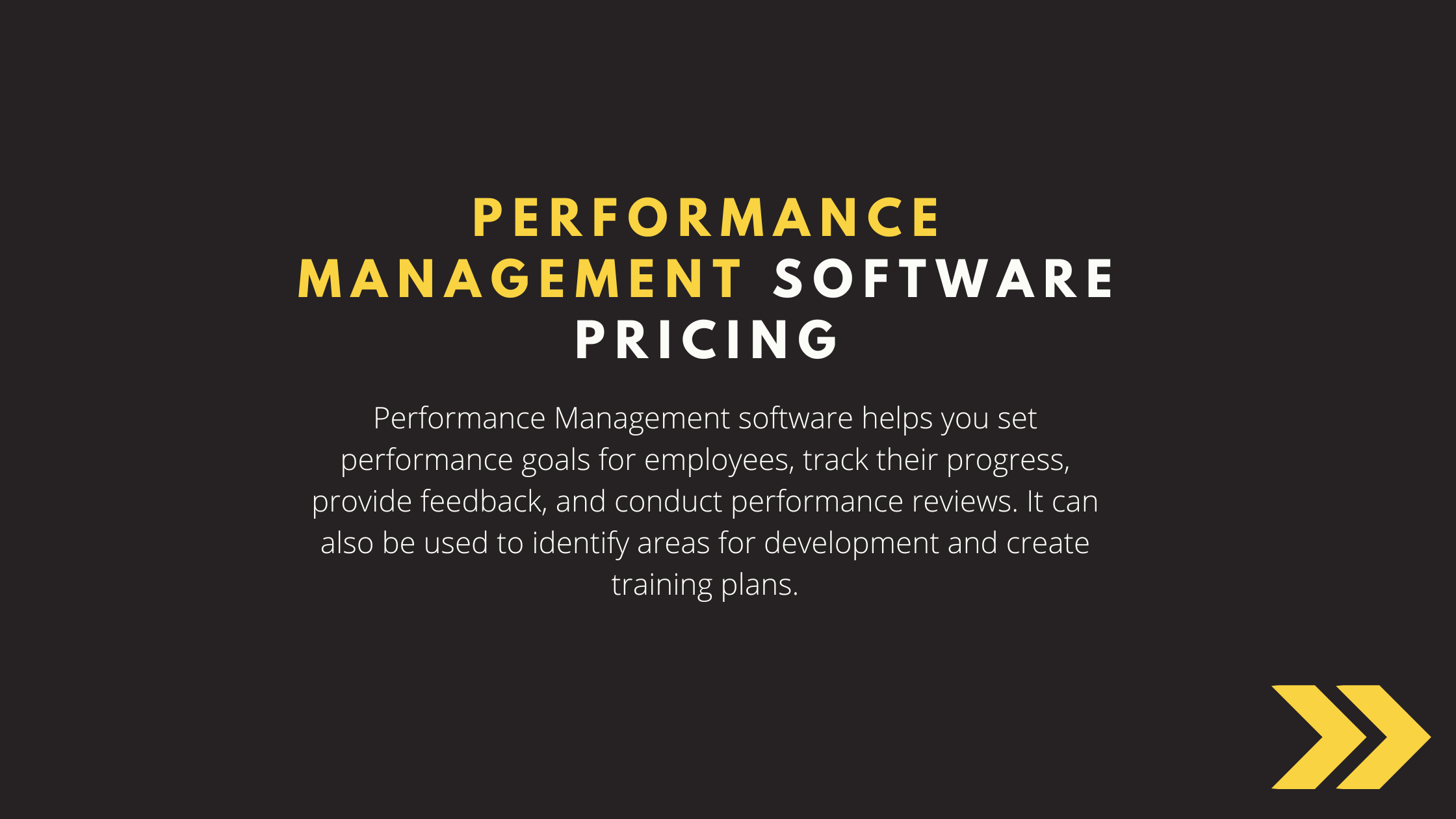 Performance-Management-Software-Pricing
Performance-Management-Software-Pricing
Performance Management software helps you set performance goals for employees, track their progress, provide feedback, and conduct performance reviews. It can also be used to identify areas for development and create training plans.
Best 3 Performance Management Software
#1 Bamboo HR
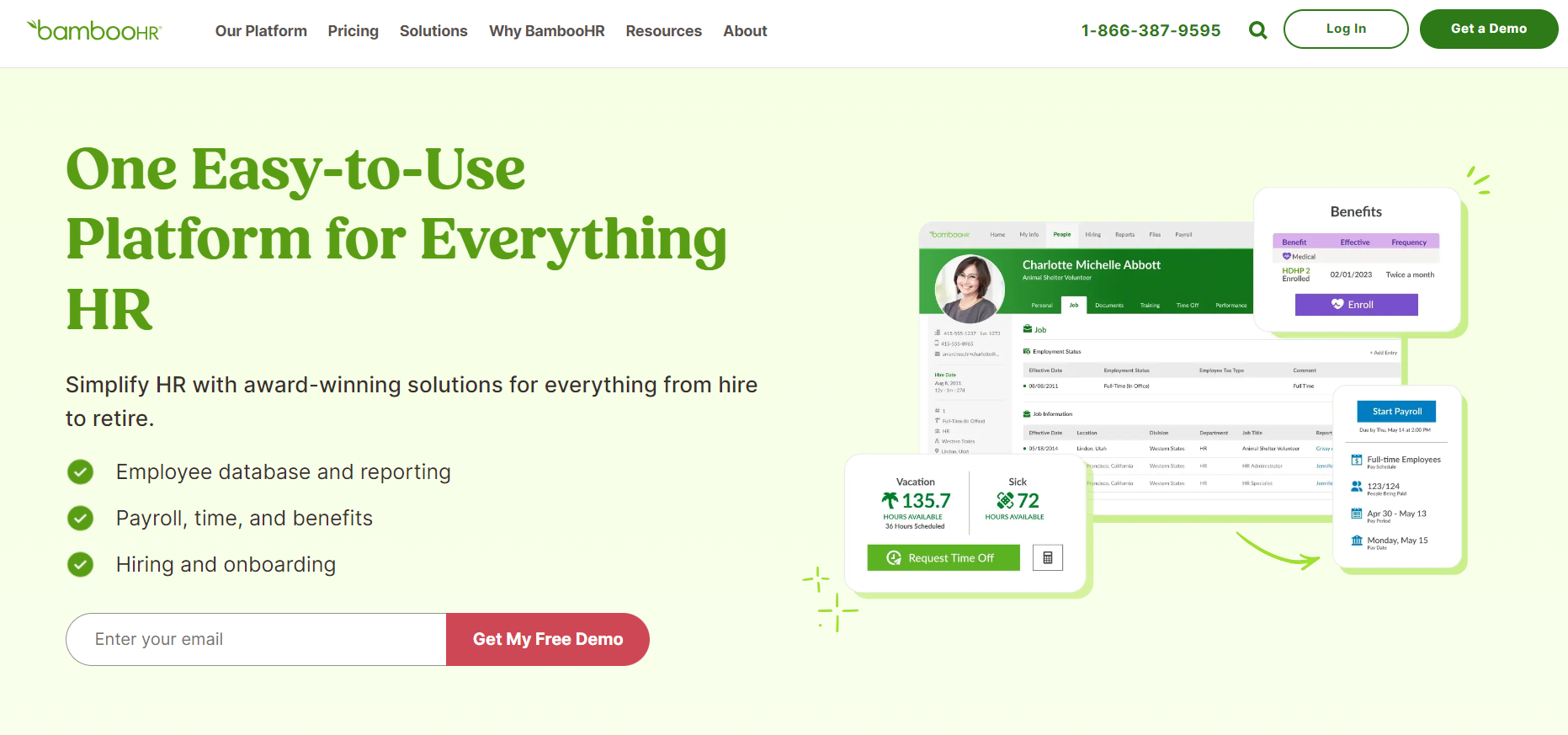 Bamboo HR
Bamboo HR
BambooHR is a cloud-based HRIS designed for small and medium-sized businesses. It focuses on core HR functionalities with a user-friendly interface.
Top Features:
- Streamlined employee onboarding and offboarding processes.
- Centralized storage for employee information and documents.
- Time off tracking and leave management.
- Employee self-service portal for accessing personal data and requesting leave.
- Basic reporting and analytics on HR metrics.
- Integrations with payroll providers and other business tools (may require additional fees).
Pricing Structure:
BambooHR offers tiered pricing based on the number of employees.
#2 Paycor
 Paycor
Paycor
Paycor is a cloud-based HRIS designed for businesses of all sizes. They offer a modular approach, allowing companies to choose the specific HR features they need.
Top Features:
- Core HR features like payroll, benefits administration, and time & attendance tracking.
- Talent management tools including onboarding, applicant tracking (ATS), and learning management.
- Performance management with feedback and goal tracking.
- HR analytics and reporting to measure key metrics.
- Compliance tools to help manage regulations and tax filings.
- Scalable platform to accommodate business growth.
Pricing Structure: Paycor offers tiered pricing based on features and number of employees. They also have a modular pricing option where you can choose the specific HR functionalities you need.
#3 Synergita
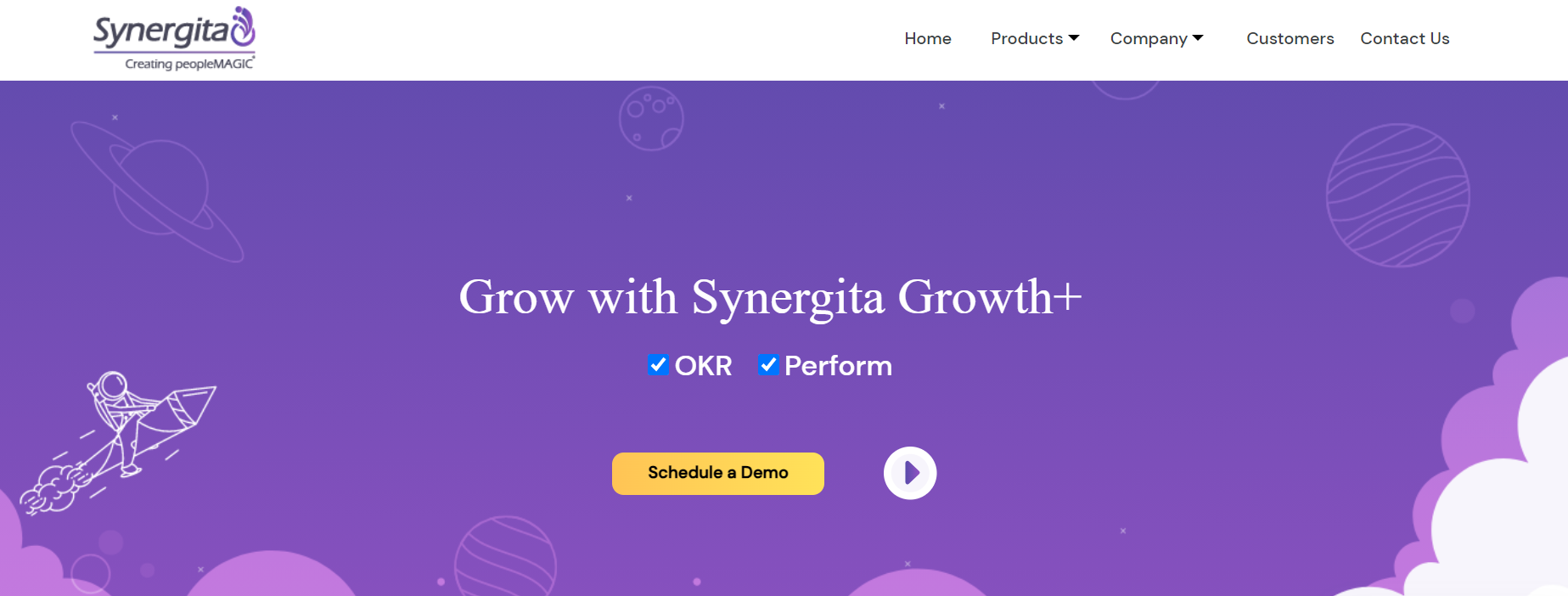 Synergita
Synergita
Synergita is a cloud-based HRIS designed for mid-sized and larger businesses. It offers a comprehensive suite of HR functionalities with strong reporting and analytics capabilities.
Top Features:
- All features of BambooHR, plus:
- Applicant Tracking System (ATS) for recruitment management.
- Performance management with goal setting, feedback, and reviews.
- Learning management system (LMS) for employee training.
- Advanced reporting and analytics with customizable dashboards.
- Talent management tools like succession planning and skills gap analysis (may require higher tiers).
- Strong compliance features to help manage regulations.
Pricing Structure:
Synergita uses a custom quote-based pricing model. The cost typically depends on the number of employees, features required, and implementation complexity.
Time and Attendance Software Pricing
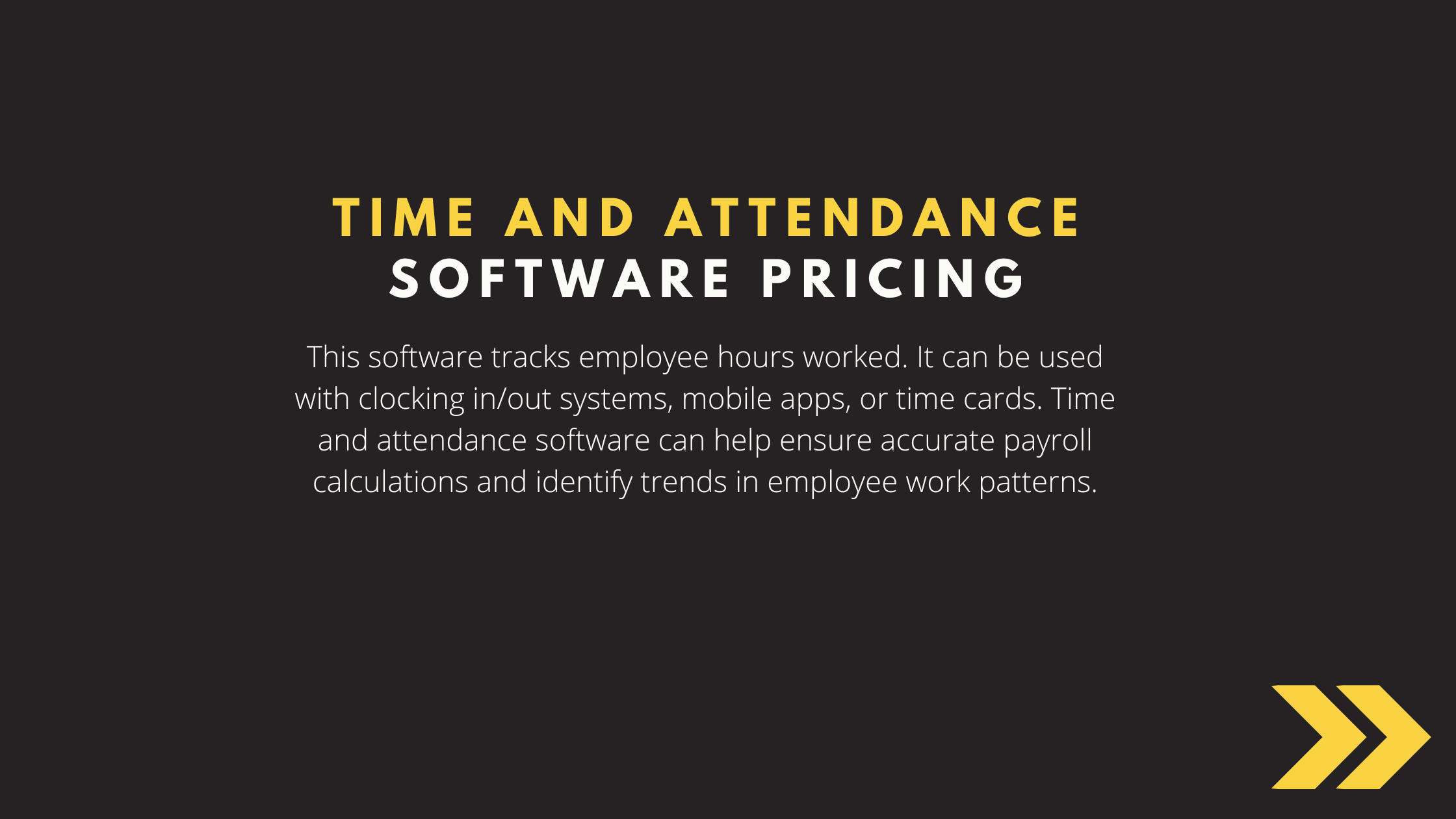 Time-and-Attendance-Software-Pricing
Time-and-Attendance-Software-Pricing
This software tracks employee hours worked. It can be used with clocking in/out systems, mobile apps, or time cards. Time and attendance software can help ensure accurate payroll calculations and identify trends in employee work patterns.
Best Time and Attendance Software
#1 Clockify
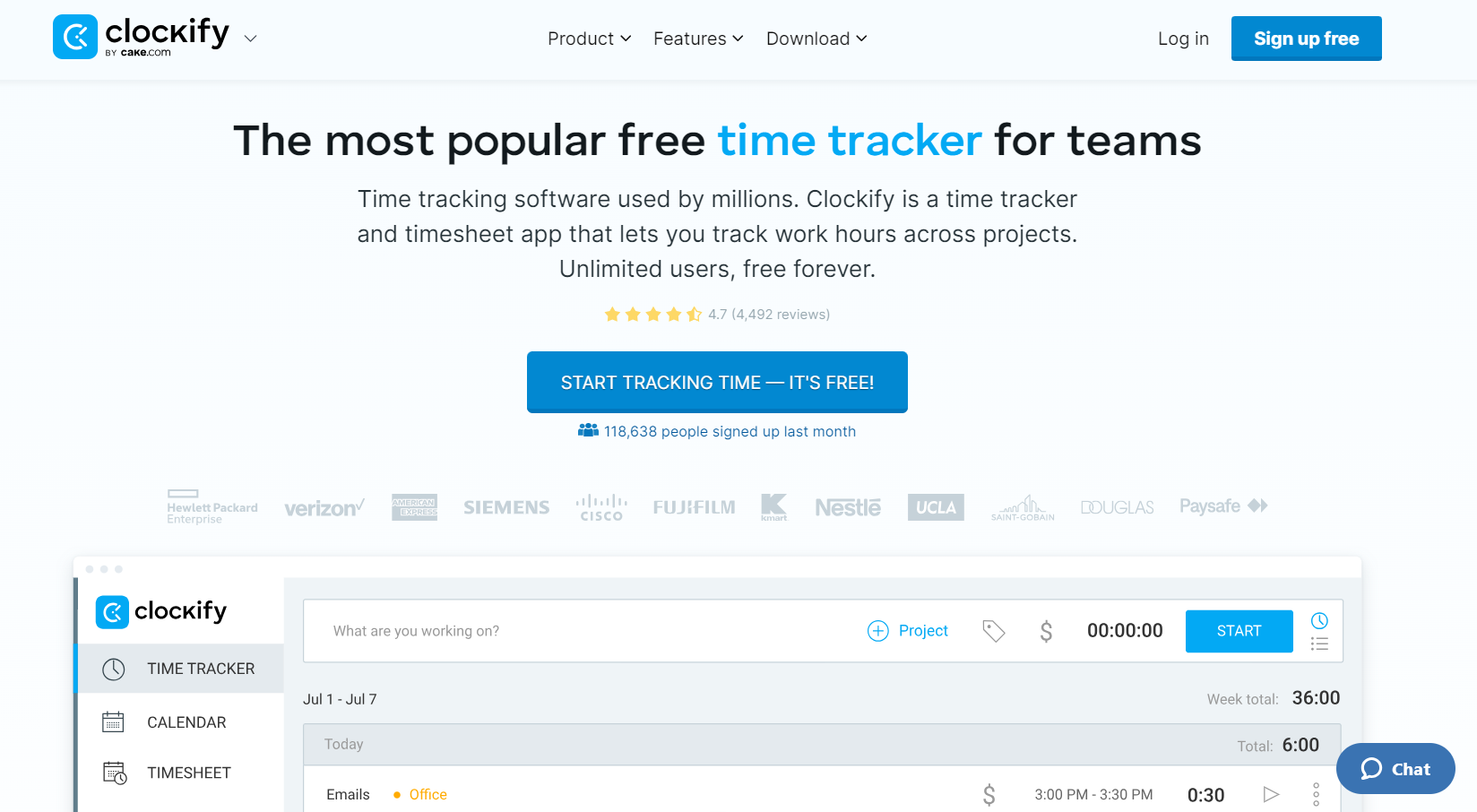 Clockify
Clockify
Clockify is a freemium cloud-based time tracking software with basic project management features. It’s suitable for small businesses and teams.
Top Features:
- Free plan with unlimited users for basic time tracking.
- Easy-to-use interface for clocking in/out, managing breaks, and adding project codes.
- Web app, desktop app, and mobile app for tracking time on the go.
- Timesheet reports and project profitability insights (paid plans).
- Integrations with popular project management and accounting tools (paid plans).
Pricing Structure:
Clockify offers a free forever plan with limited features. Paid plans unlock additional features like timesheet approvals, project budgeting, and integrations, with costs based on user count and features.
#2 OnTheClock
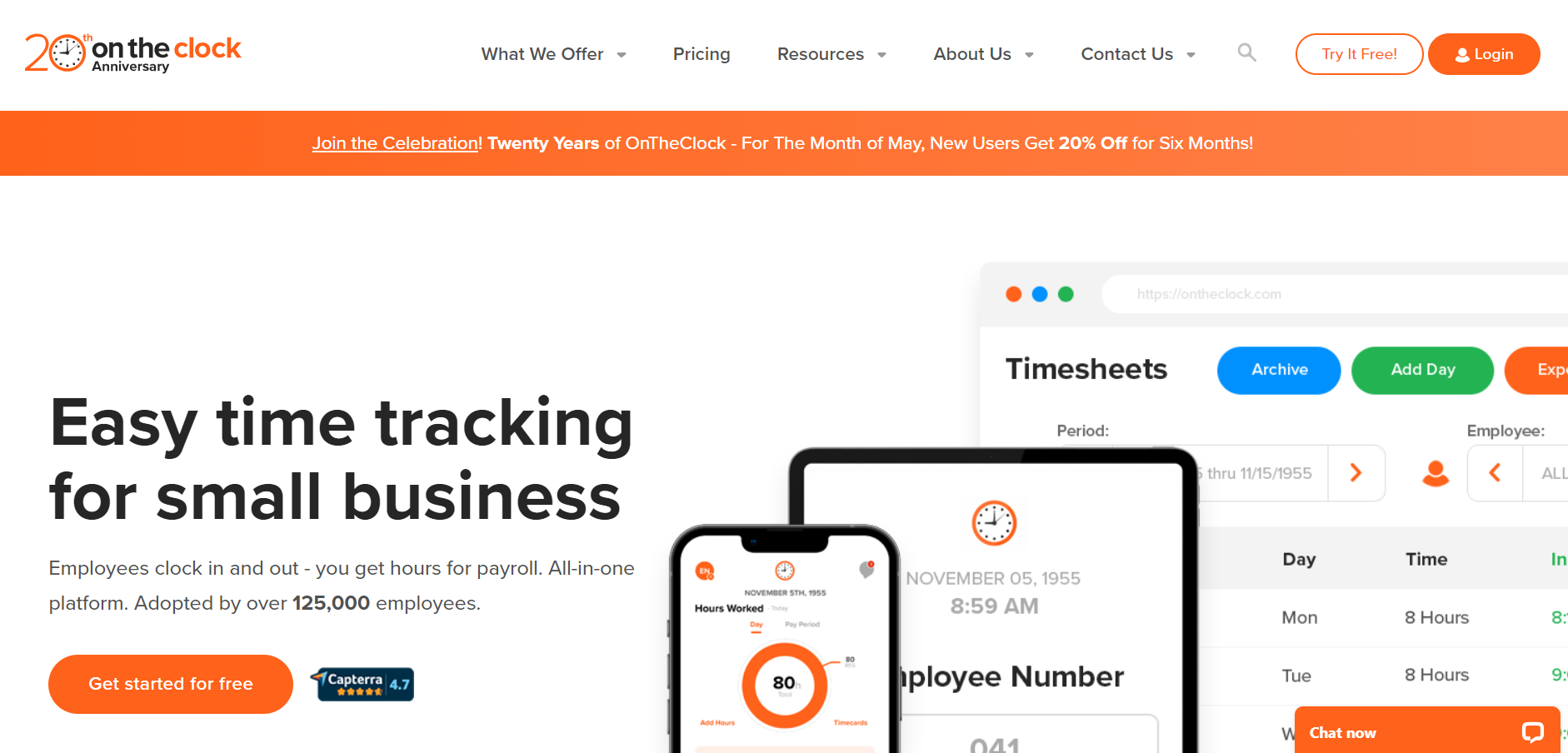 OnTheClock
OnTheClock
OnTheClock is a cloud-based time and attendance software with workforce management features like scheduling and payroll integration. It caters to businesses of all sizes.
Top Features:
- Time tracking with clock in/out via web app, mobile app, or physical kiosk.
- GPS location tracking for mobile timekeeping (optional).
- Employee scheduling with shift templates and overtime tracker.
- Leave management tools for requesting and tracking time off.
- Payroll integrations to streamline payroll processing (may require additional fees).
- Reporting and analytics on employee hours, projects, and productivity.
Pricing Structure:
OnTheClock offers tiered pricing based on features and number of employees.
#3 Deputy
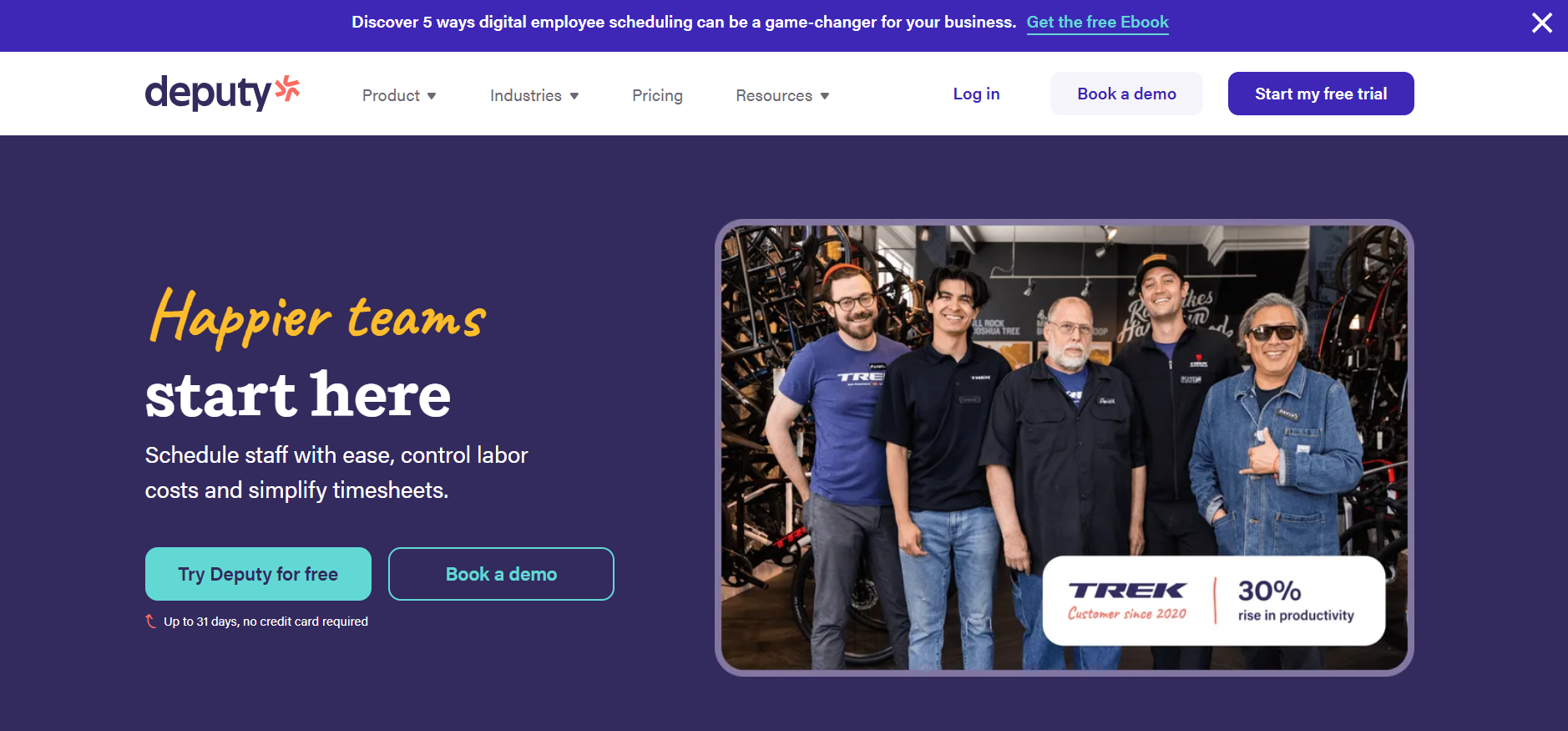 Deputy
Deputy
Deputy is a cloud-based workforce management software with advanced scheduling, communication, and compliance features. It’s ideal for businesses with hourly workforces or those needing complex scheduling rules.
Top Features:
- Powerful employee scheduling with drag-and-drop interface, availability management, and shift templates.
- Time and attendance tracking with clock in/out options and award rate calculations (for some regions).
- Task management and communication tools for assigning tasks and keeping teams informed.
- Leave management with customizable leave policies and accrual tracking.
- Compliance tools for timesheet approvals, recordkeeping, and labor law adherence.
- Mobile app for employees to access schedules, request leave, and track time.
- Integrations with payroll providers and other business tools.
Pricing Structure: Deputy uses a custom quote-based pricing model. The cost typically depends on the number of employees, features required, and complexity of your needs.
Employee Scheduling Software Pricing
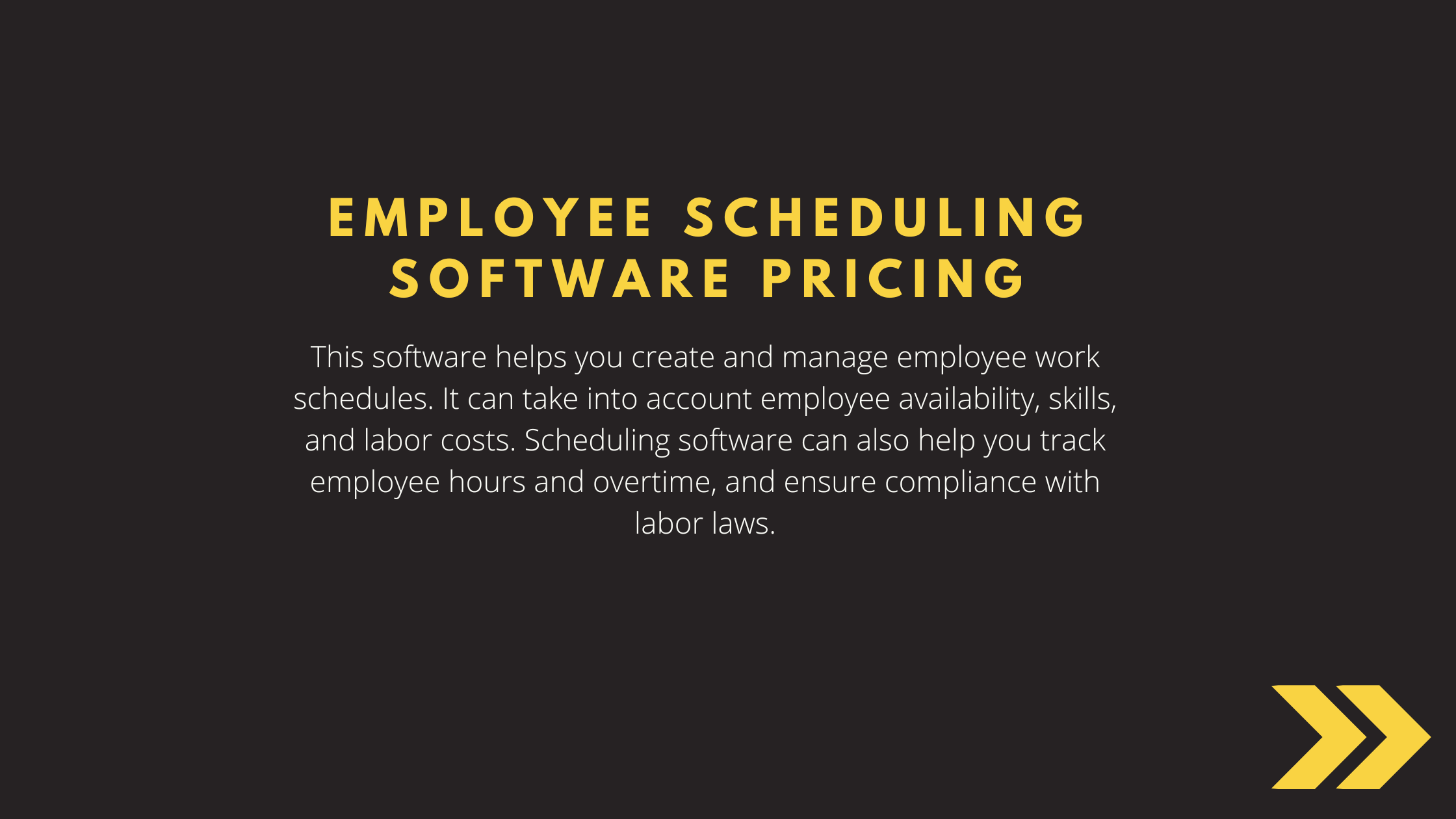 Employee-Scheduling-Software-Pricing
Employee-Scheduling-Software-Pricing
This software helps you create and manage employee work schedules. It can take into account employee availability, skills, and labor costs. Scheduling software can also help you track employee hours and overtime, and ensure compliance with labor laws.
Best Employee Scheduling Software
#1 7Shifts
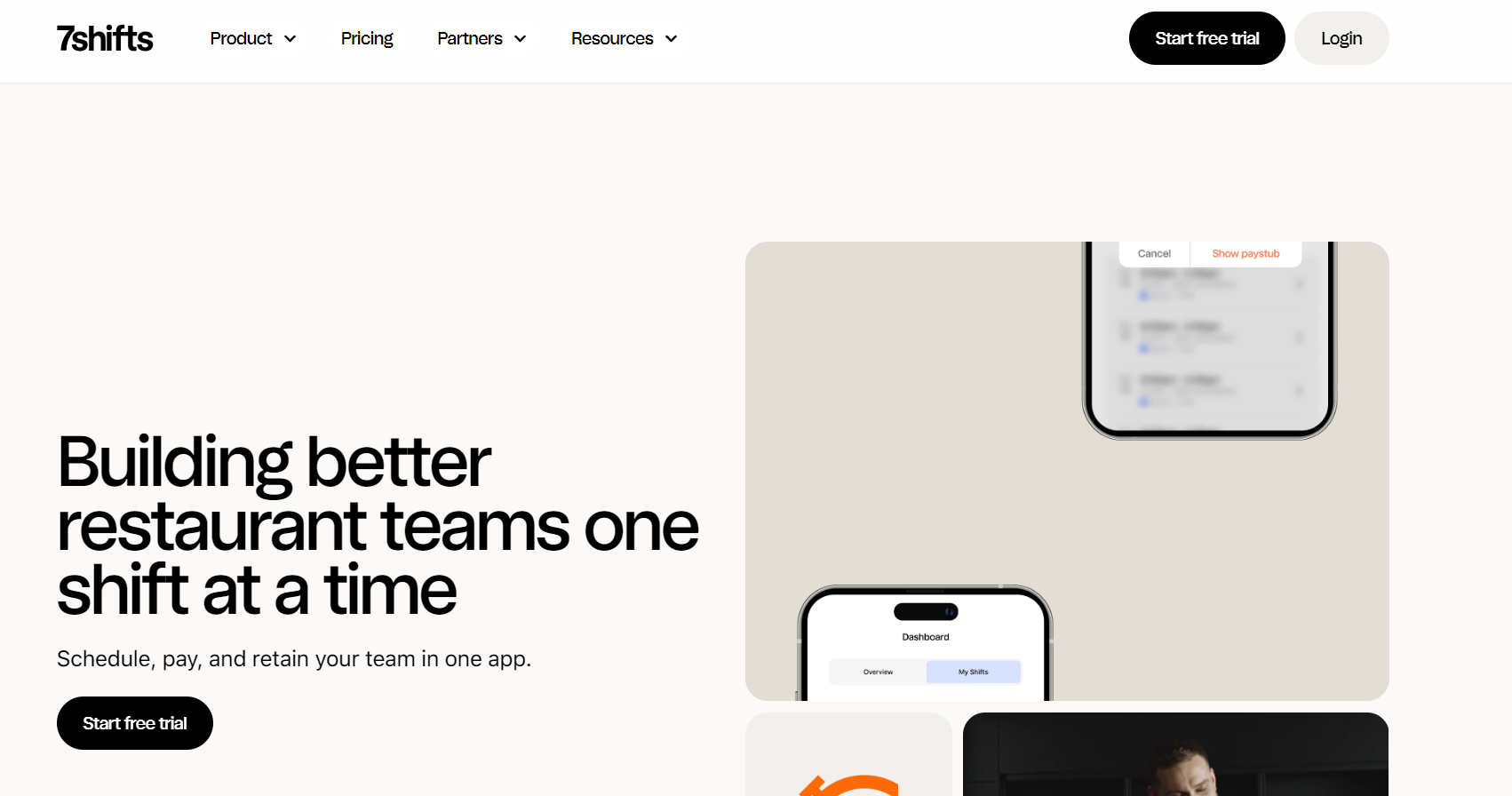 7Shifts
7Shifts
7Shifts is a cloud-based workforce management software designed for businesses with hourly workforces, particularly in the retail and hospitality industries.
Top Features:
- Powerful employee scheduling with availability management, shift templates, and drag-and-drop interface.
- Time tracking with clock in/out options and labor cost forecasting.
- Team communication tools for messaging, task lists, and announcements.
- Employee mobile app for viewing schedules, swapping shifts, and communication.
- Payroll integrations to streamline payroll processing (may require additional fees).
- Reporting and analytics on labor costs, employee performance, and scheduling efficiency.
Pricing Structure:
7Shifts offers tiered pricing based on features and number of employees.
#2 ZoomShift
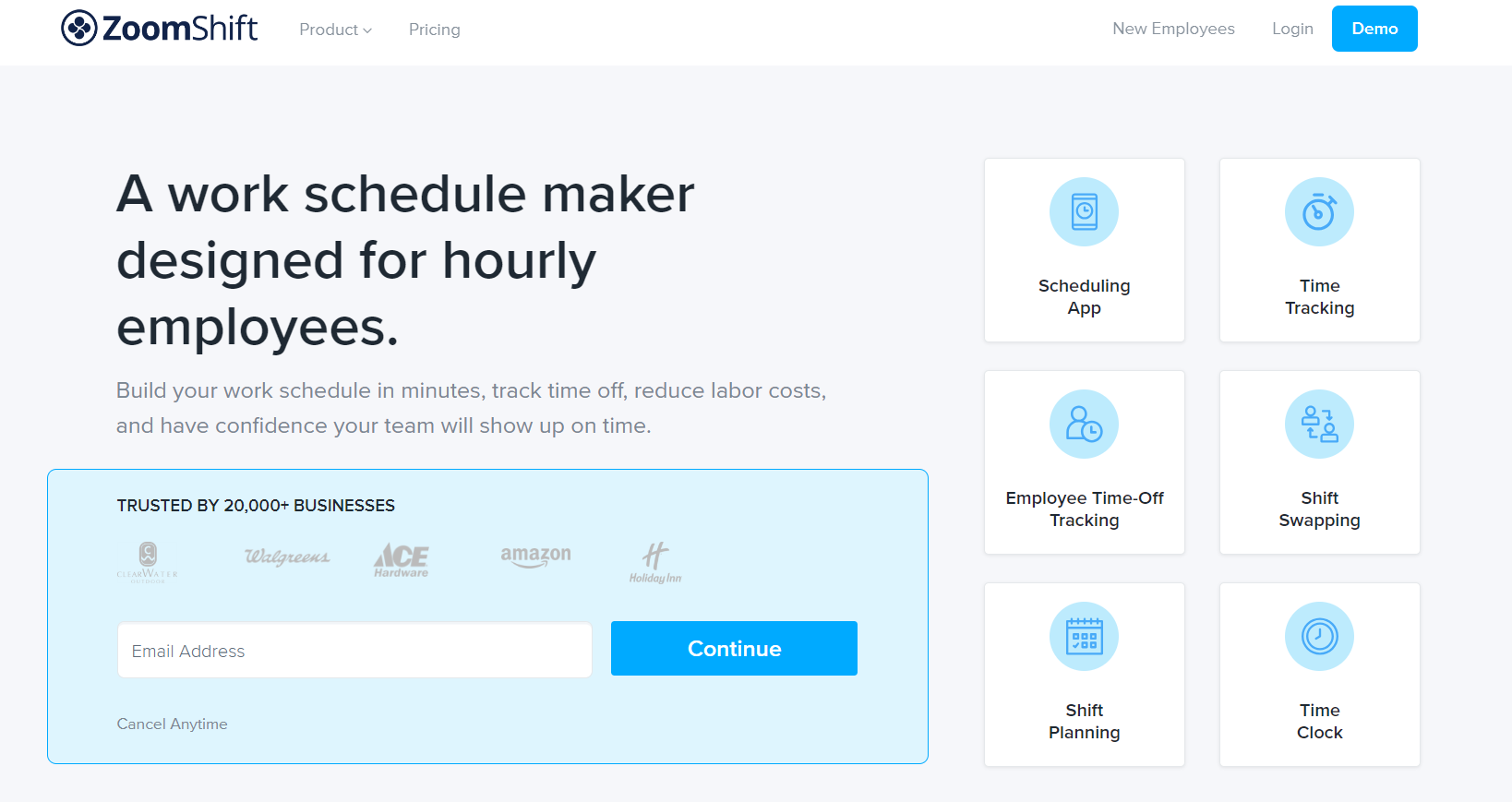 ZoomShift
ZoomShift
ZoomShift is a cloud-based workforce management software designed for businesses of all sizes, especially those in service industries like healthcare and cleaning.
Top Features:
- Easy-to-use scheduling with customizable templates, overtime management, and availability management.
- Time tracking with clock in/out functionality and labor cost tracking.
- Team communication tools for messaging, task management, and shift updates.
- Employee self-service portal for viewing schedules, requesting time off, and swapping shifts.
- Compliance tools to help manage timesheet approvals and labor laws.
- Reporting and analytics on employee hours, scheduling efficiency, and labor costs.
Pricing Structure:
ZoomShift offers tiered pricing based on features and number of employees.
#3 Connecteam
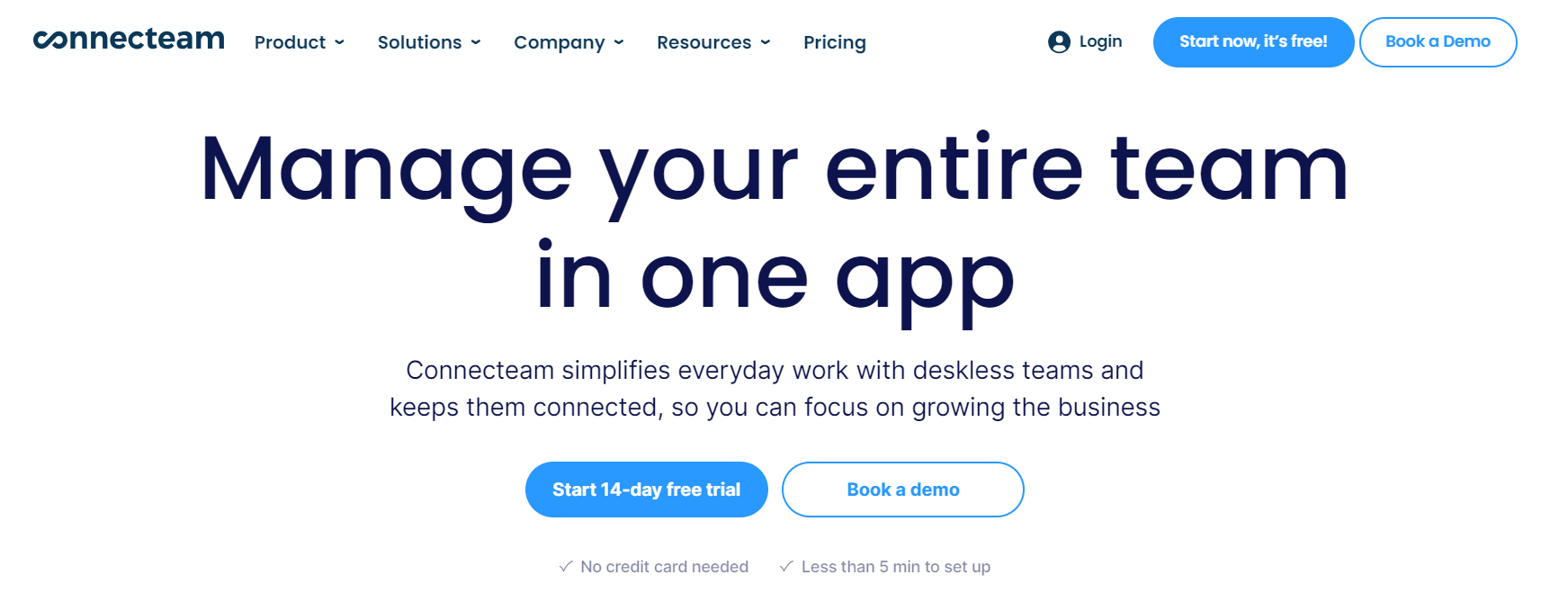 Connecteam
Connecteam
Connecteam is a cloud-based all-in-one platform that combines employee scheduling, communication, and task management functionalities. It’s suitable for businesses of all sizes.
Top Features:
- Simple scheduling with drag-and-drop interface, availability management, and shift templates.
- Team communication tools for messaging, announcements, and task discussions.
- Task management features for assigning tasks, setting deadlines, and tracking progress.
- Timesheet tracking with clock in/out options (limited in free plan).
- Employee mobile app for viewing schedules, communicating with teams, and accessing tasks.
- Training modules and knowledge base for onboarding and employee training (higher tiers).
Pricing Structure:
Connecteam offers a free plan with limited features, along with paid tiers with additional functionalities based on the number of users.
![Best 21 HR Software Pricing 2024 [Guide]](https://vh-info.com/wp-content/uploads/2025/06/21-HR-software-PRICING.png)
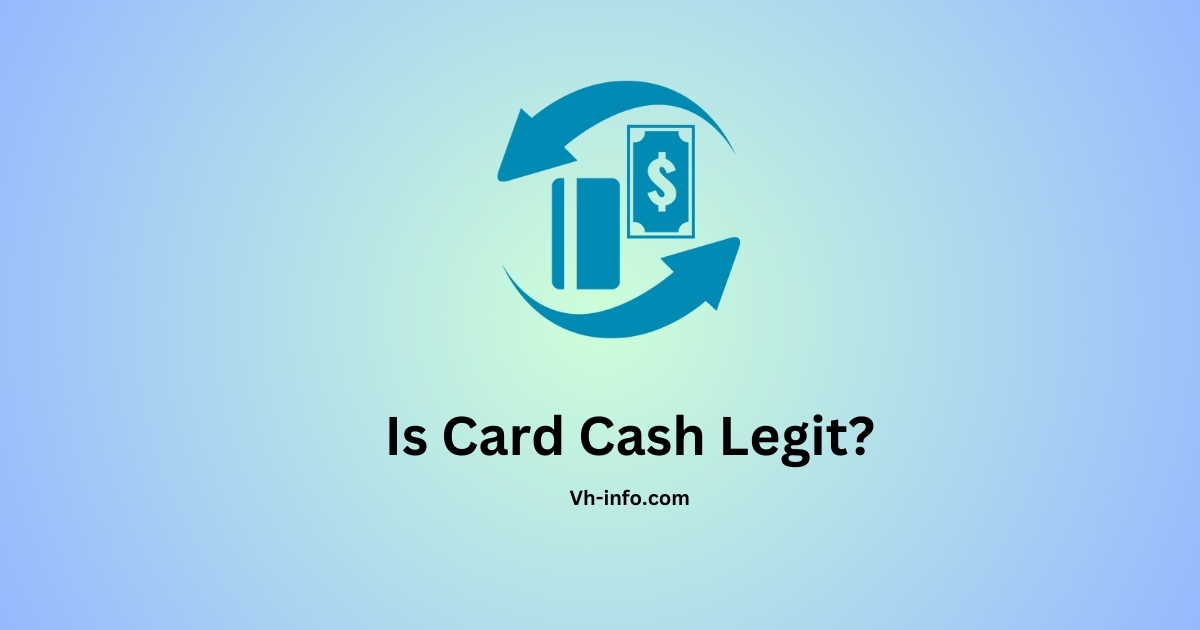
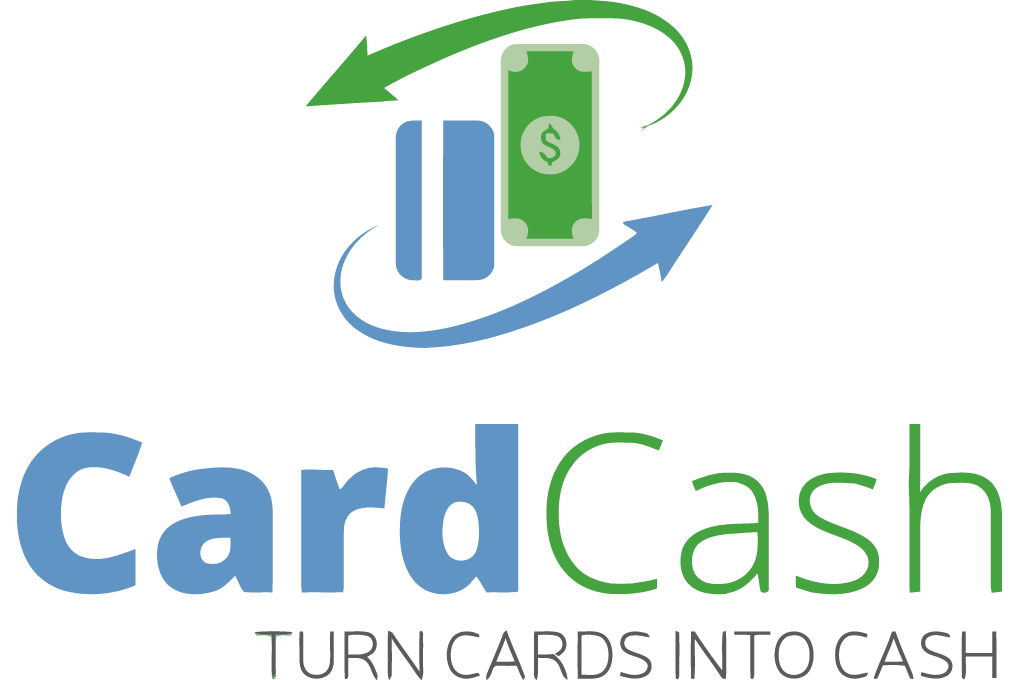
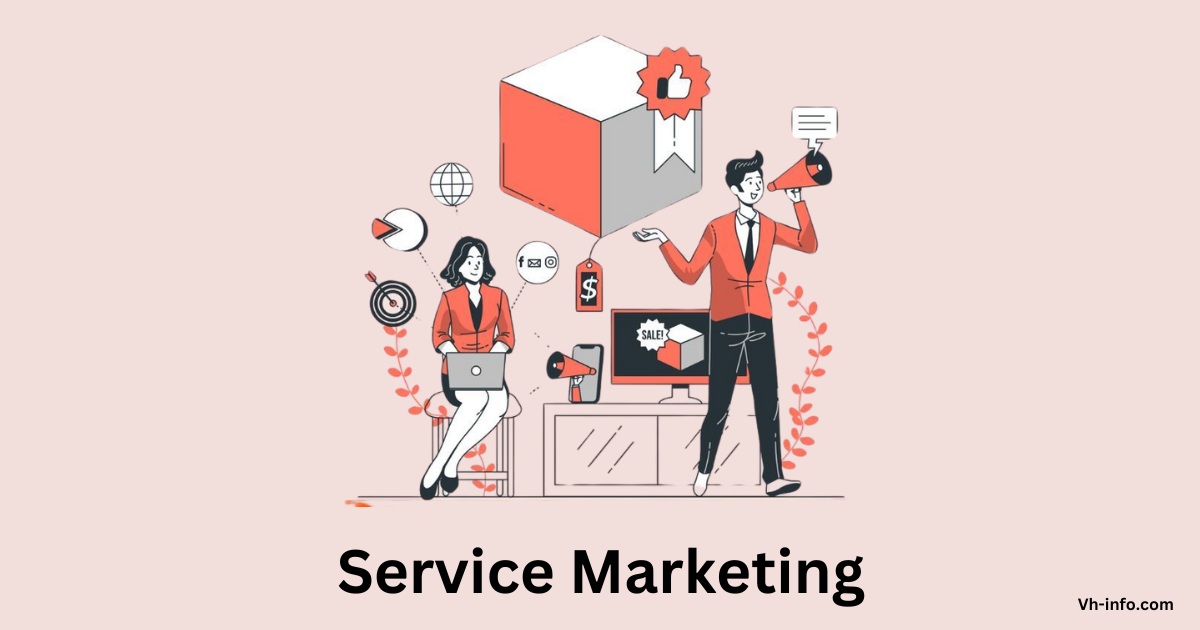
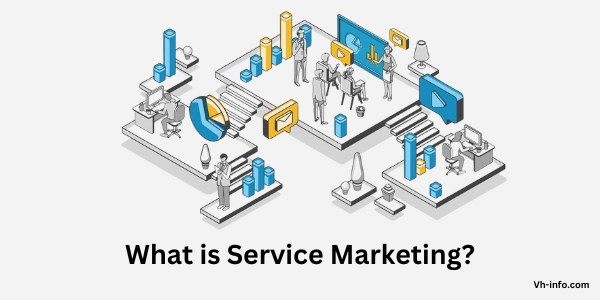
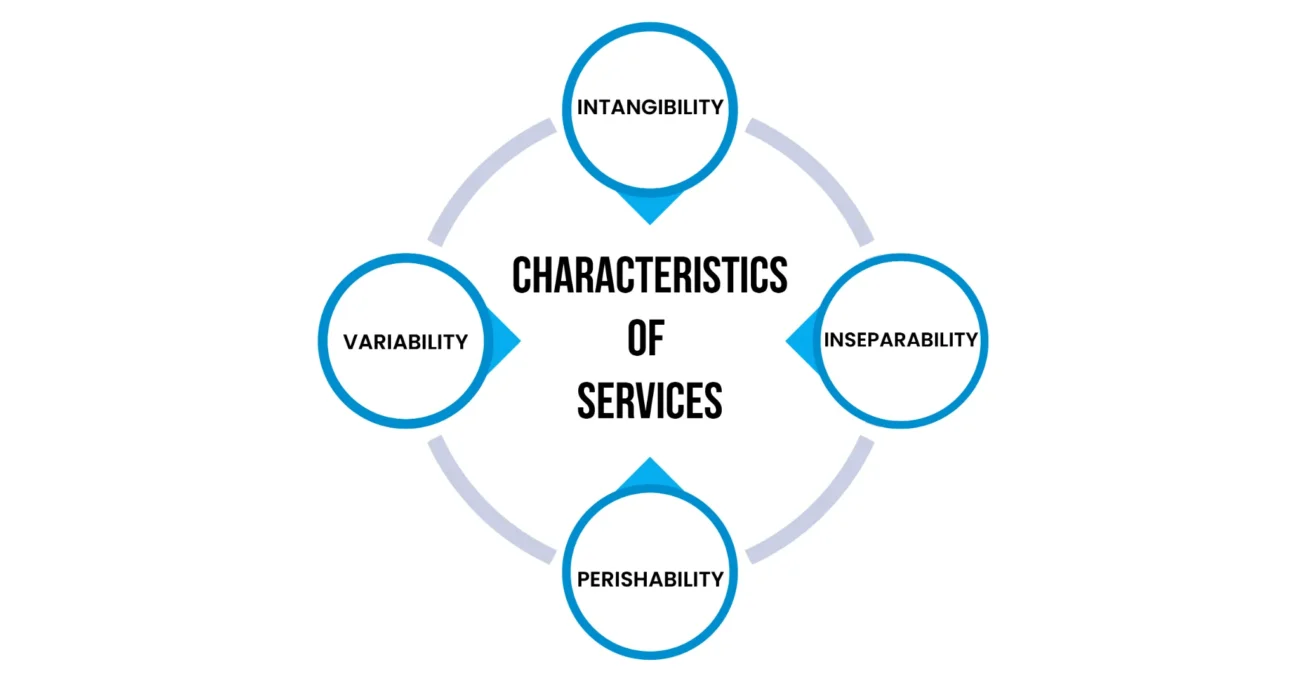

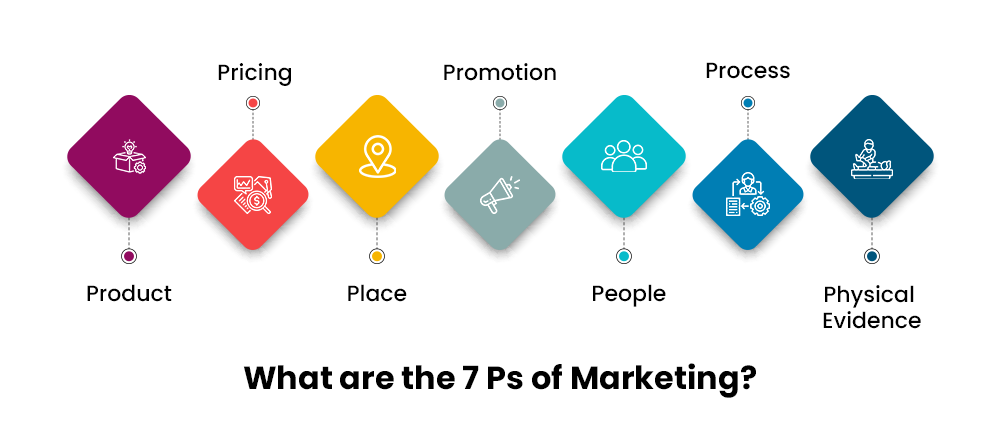
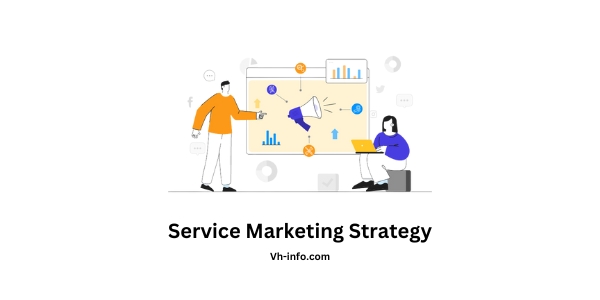
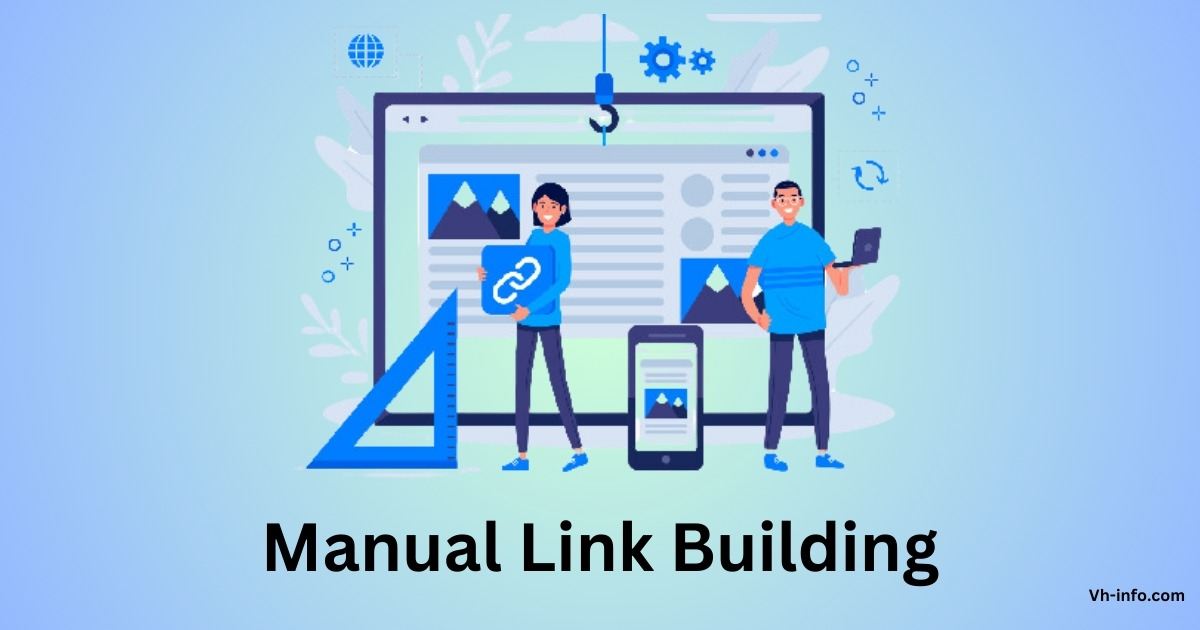
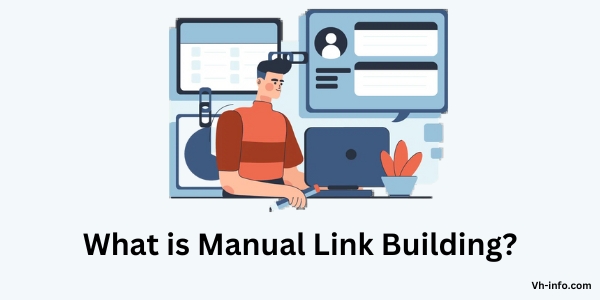

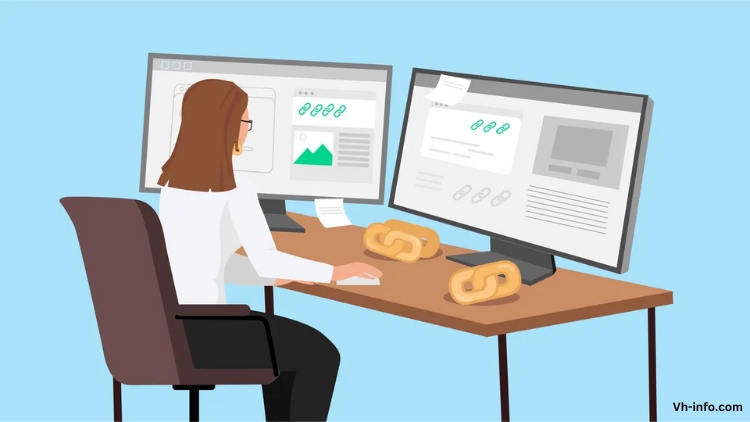
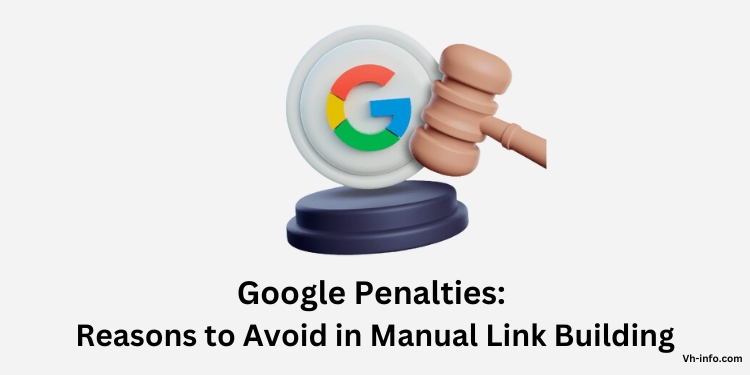

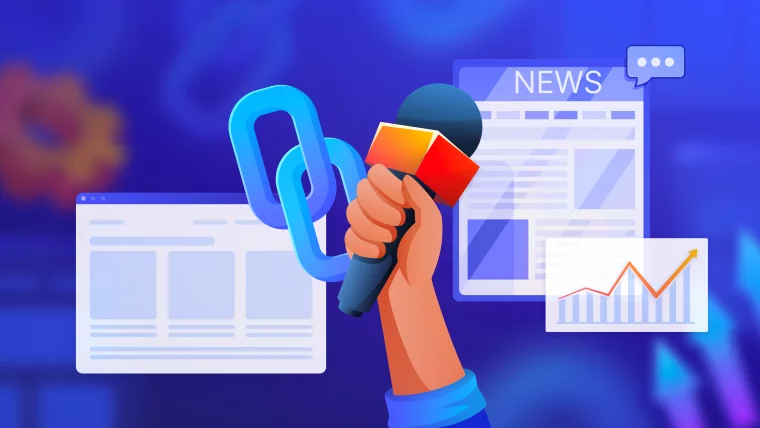



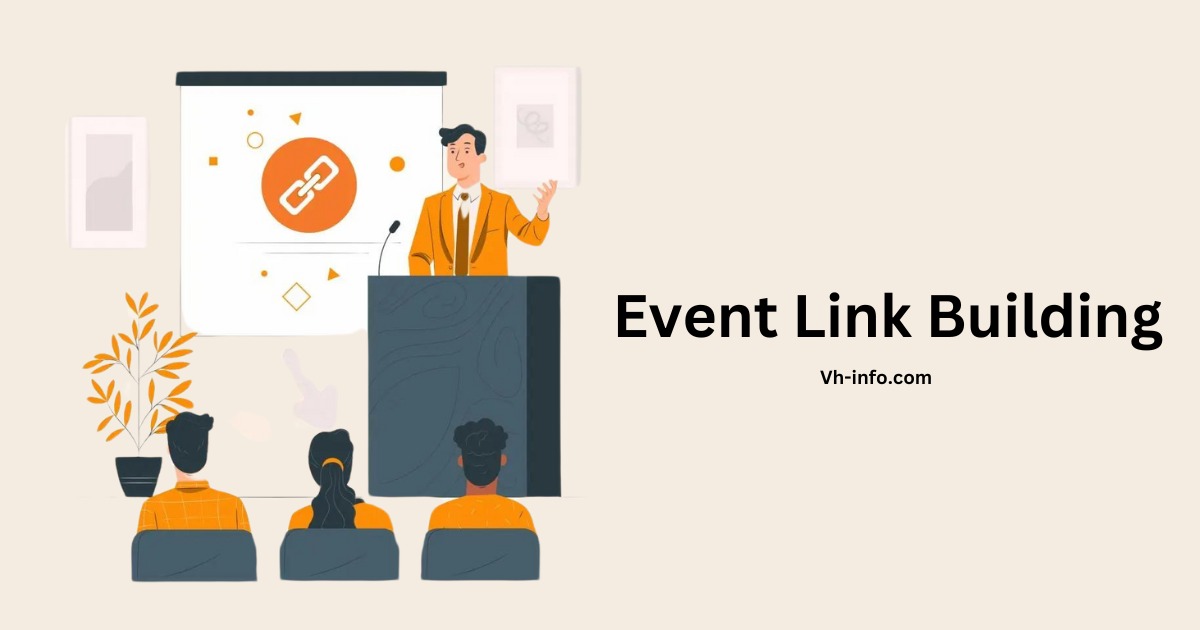
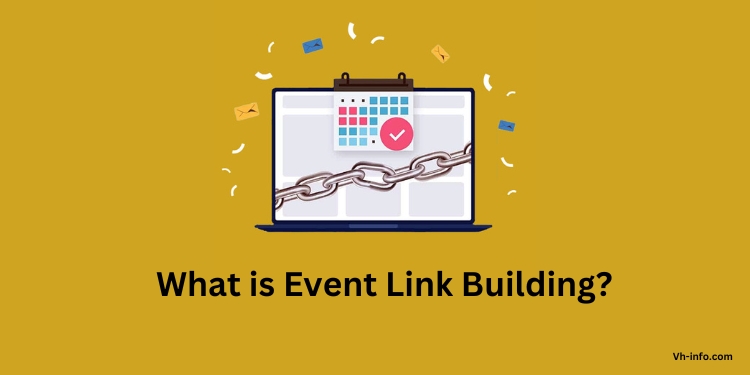
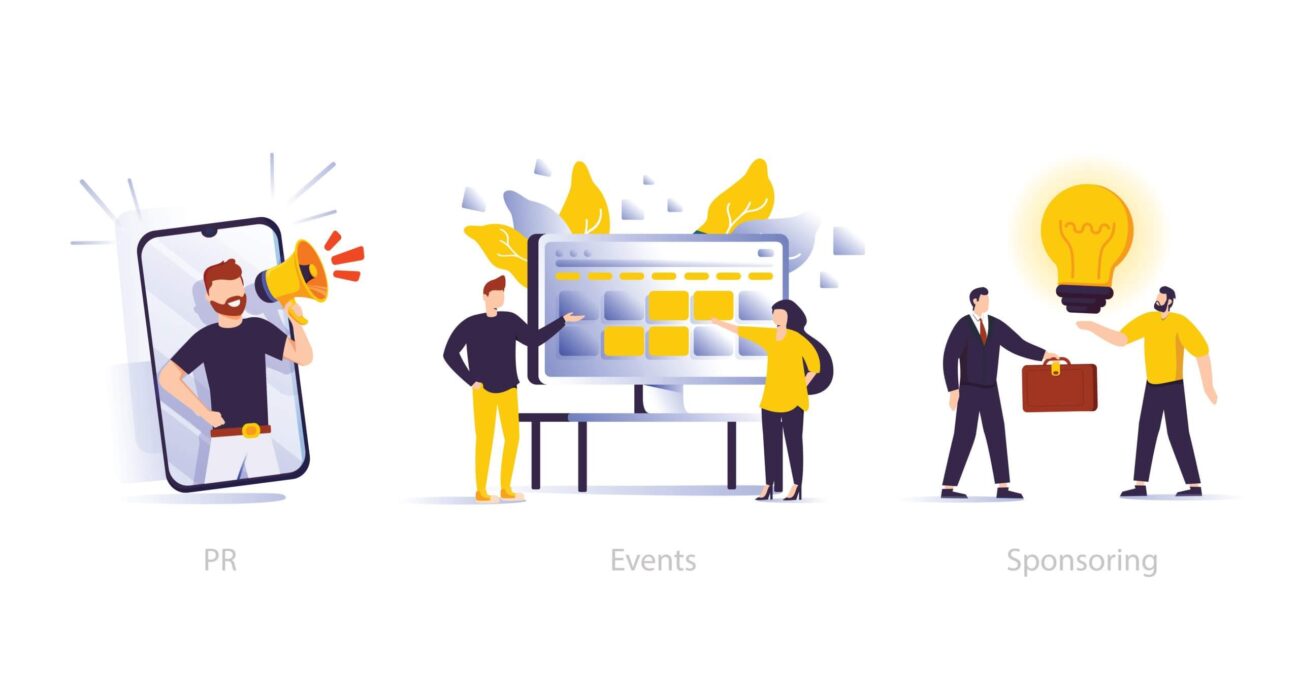
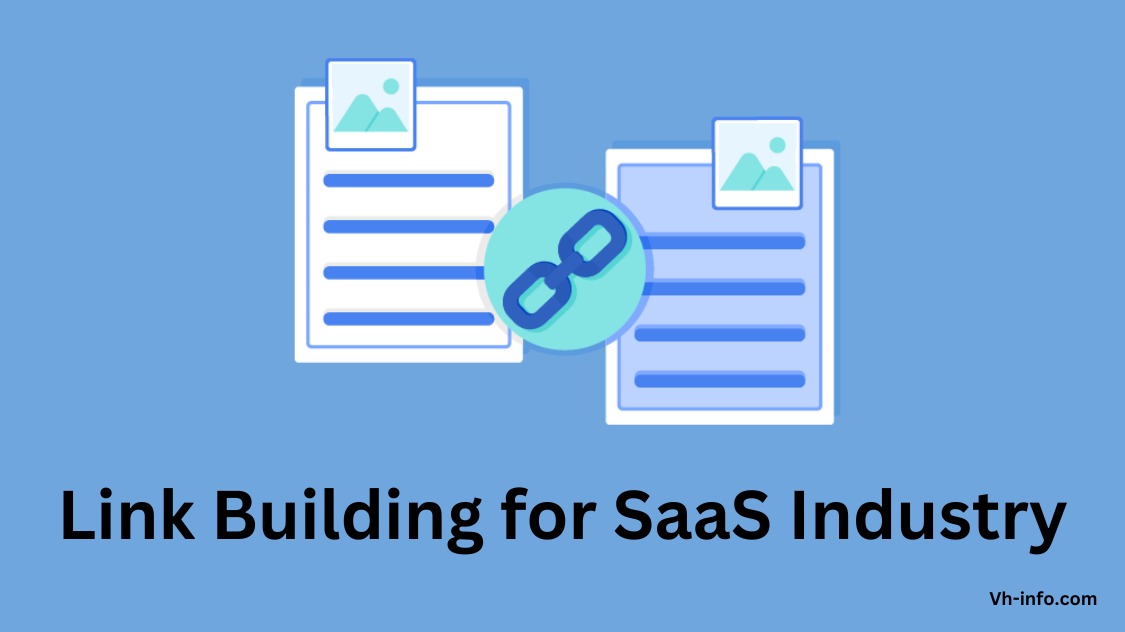
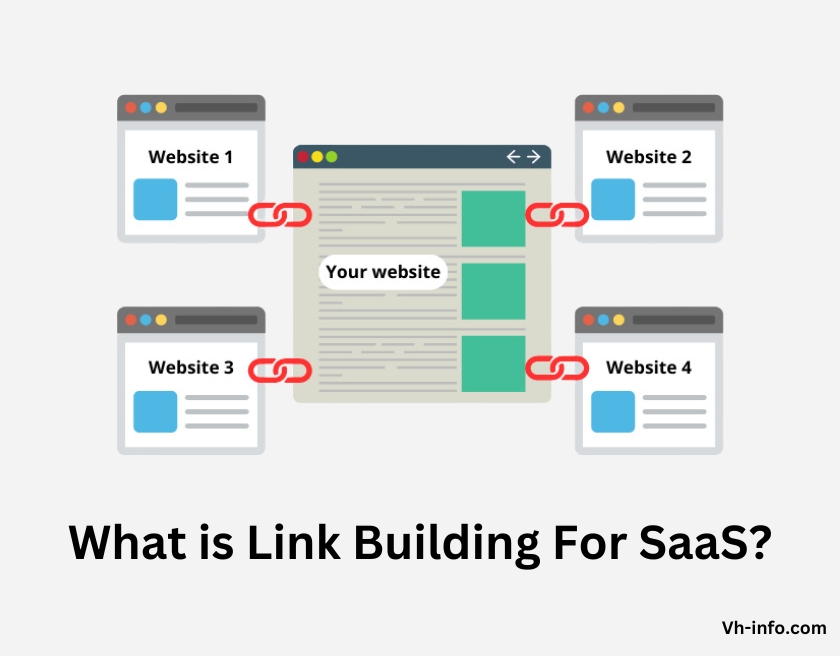
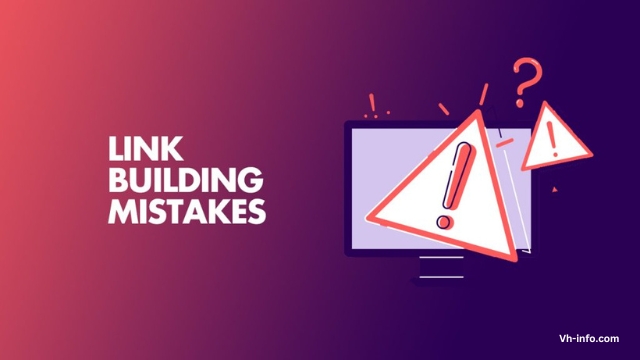
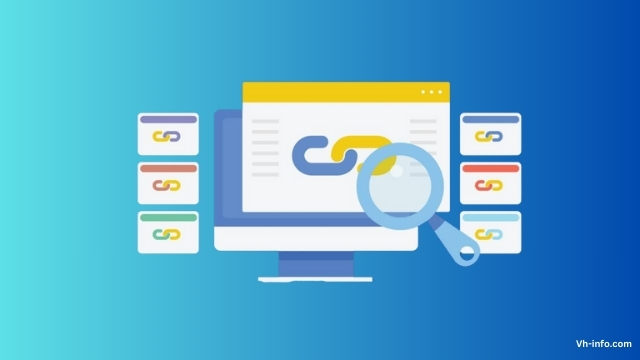
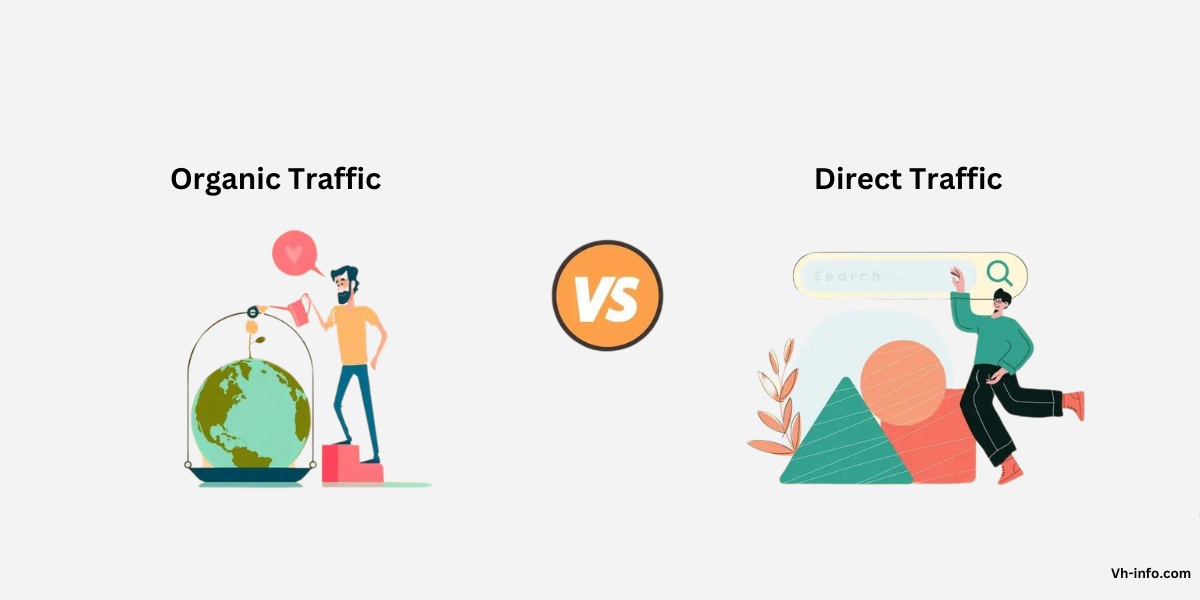
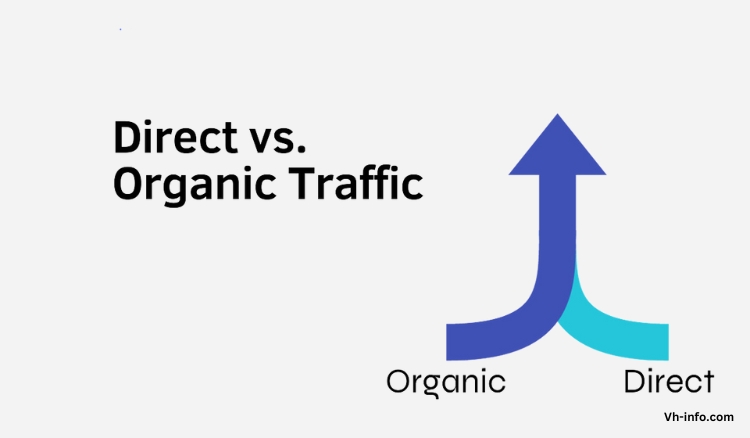
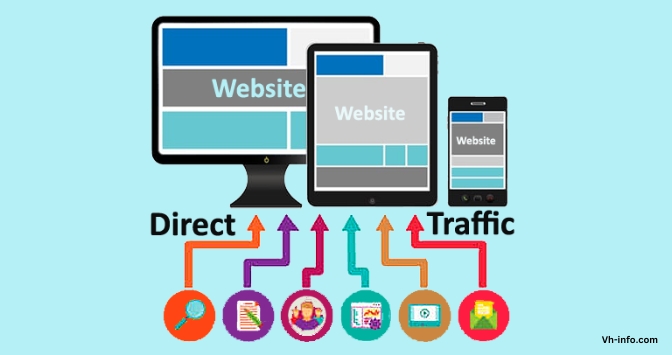
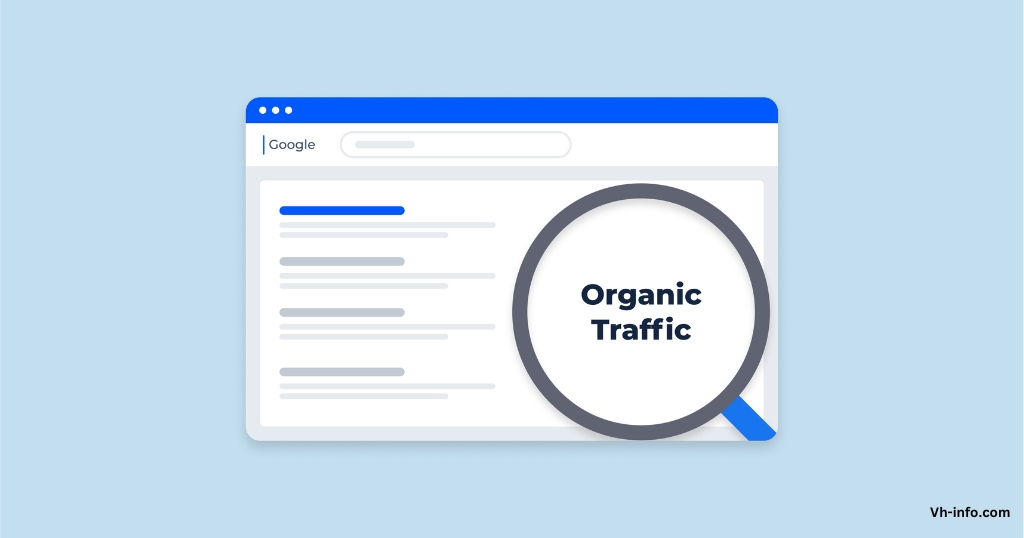
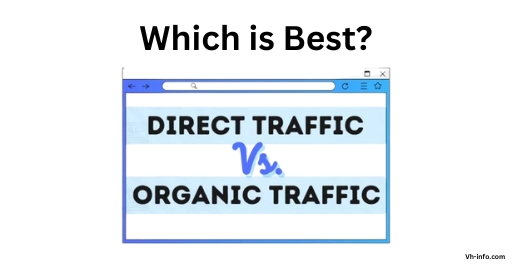
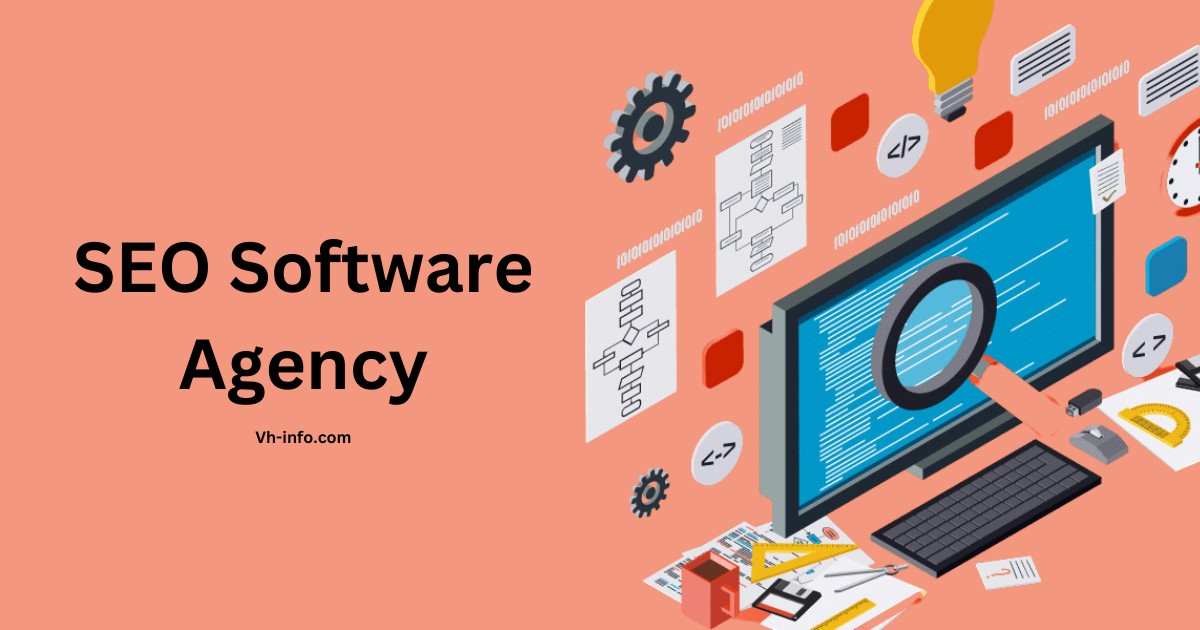
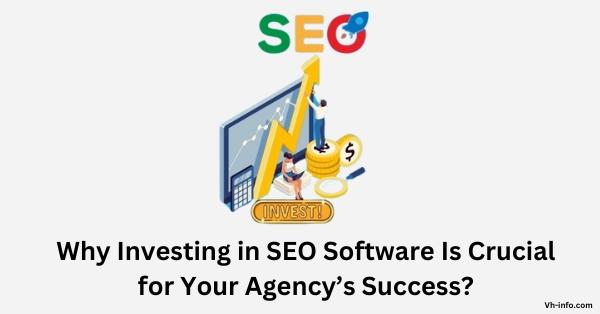
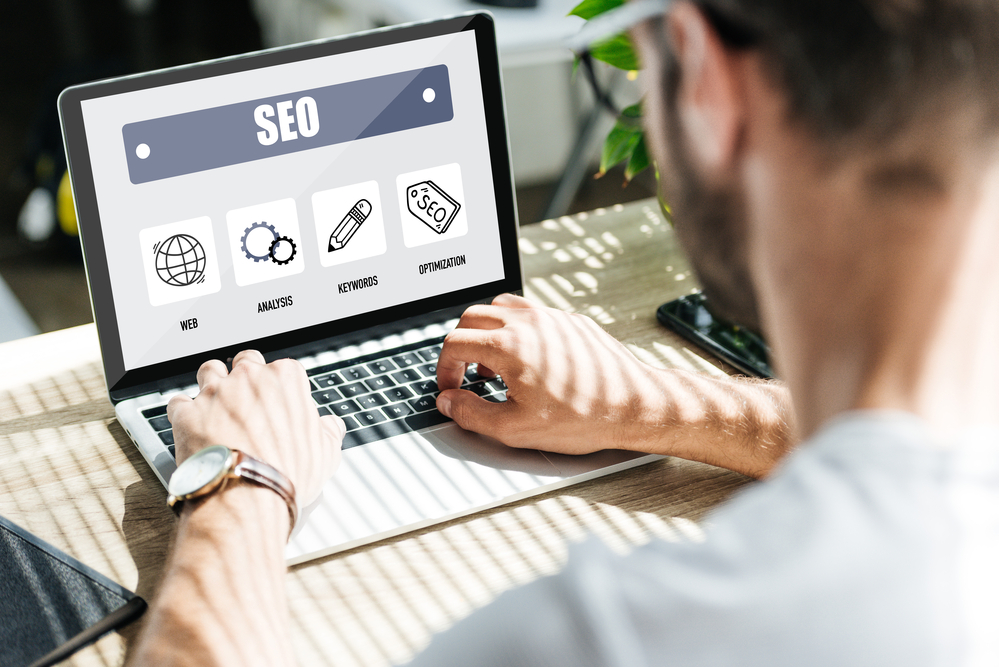

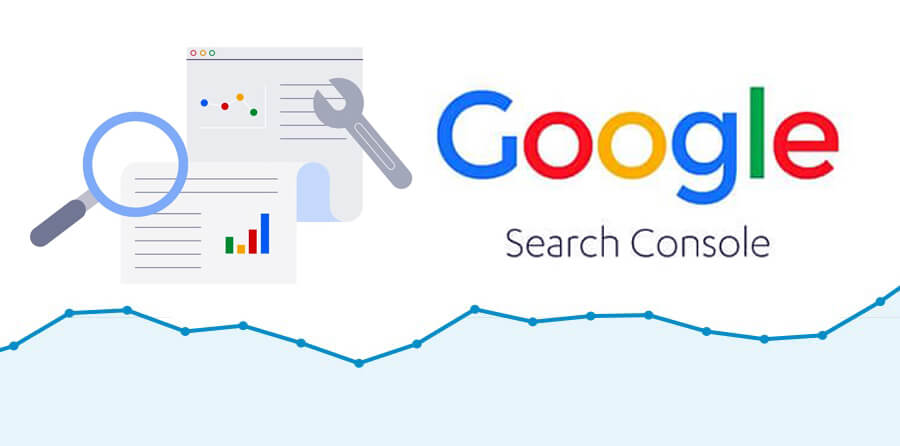
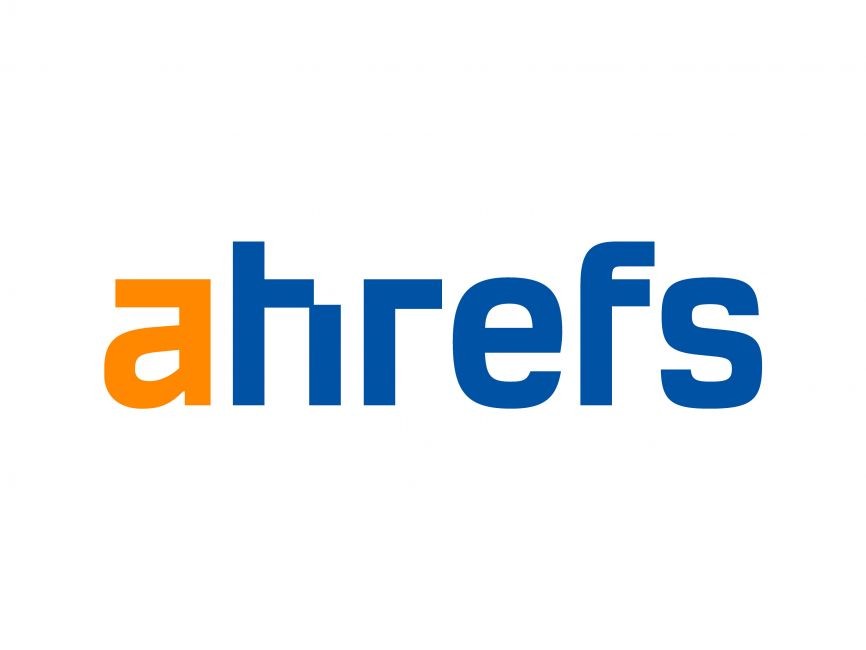
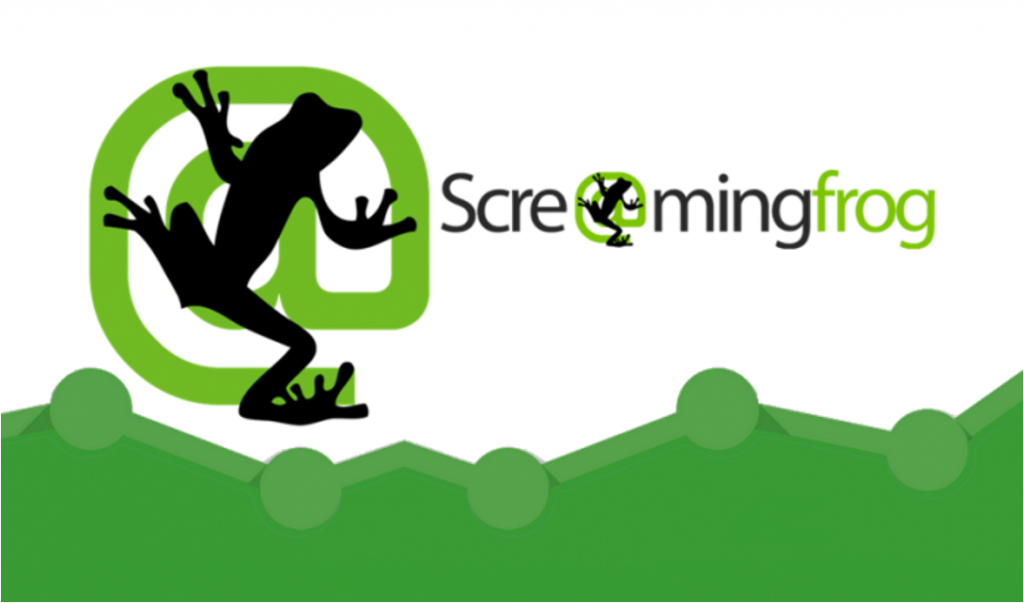
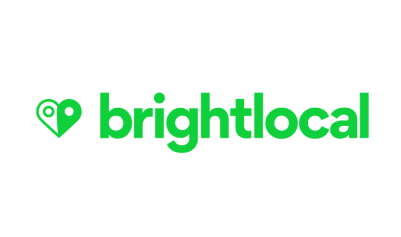
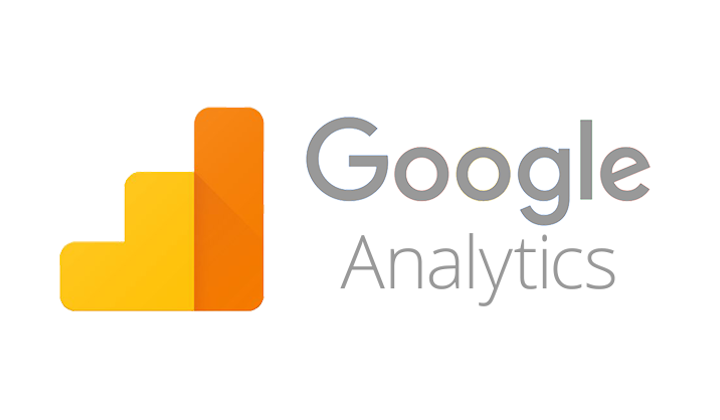
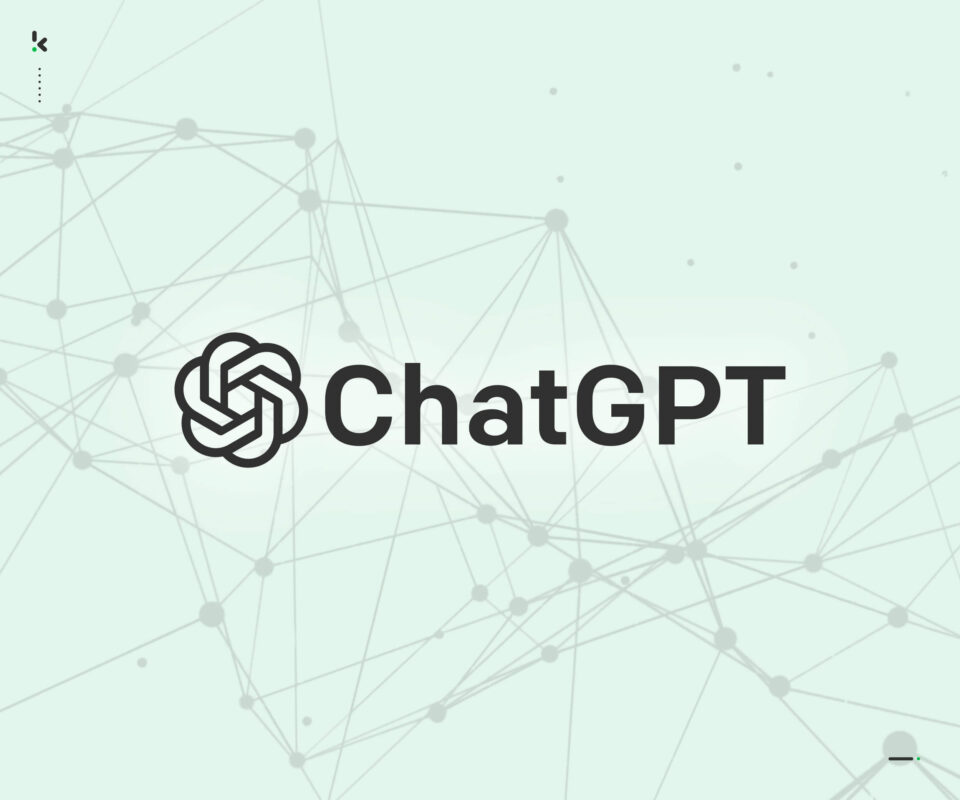
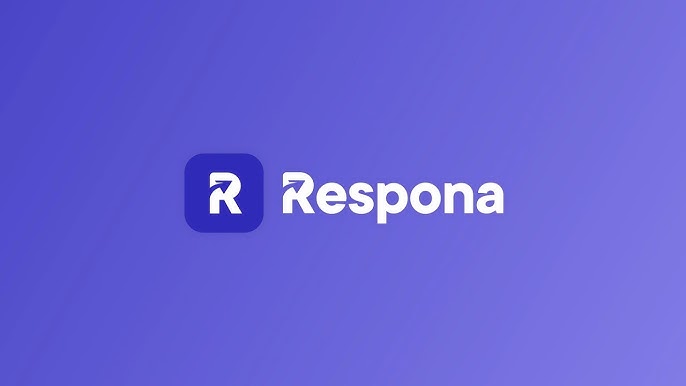


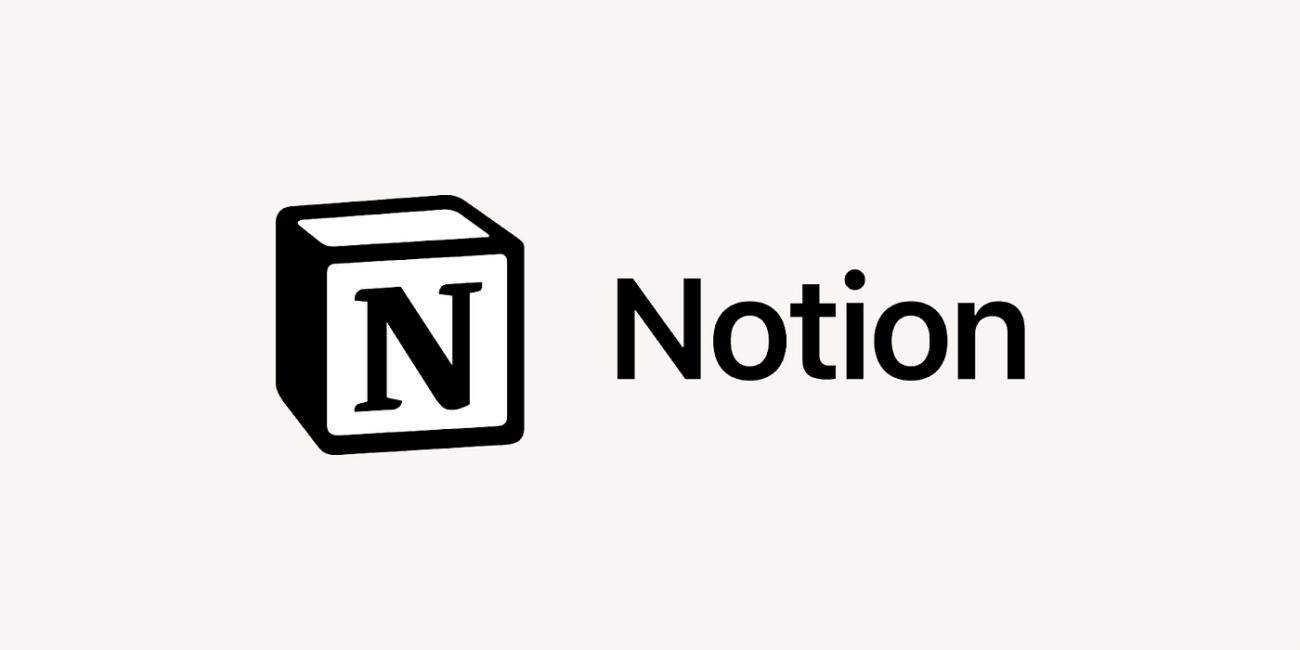

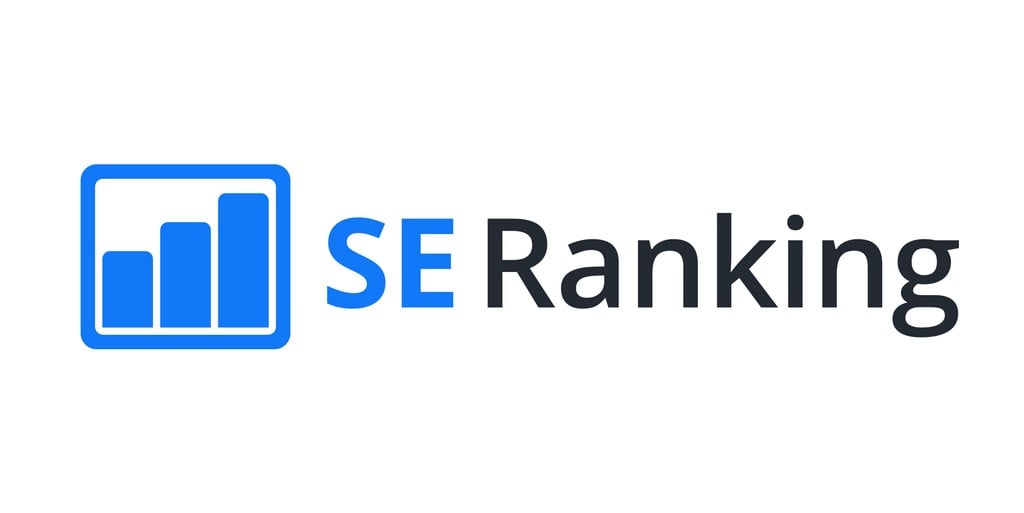
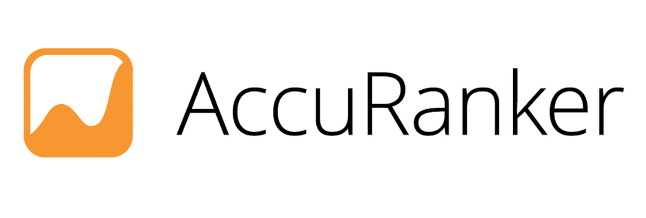
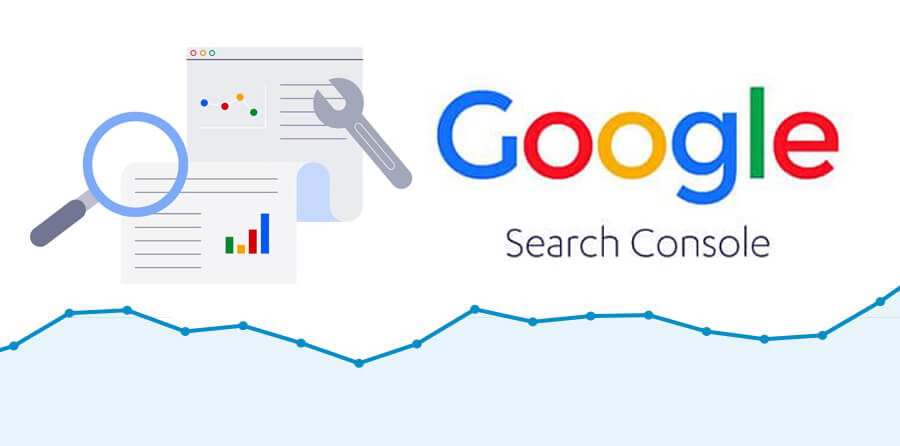
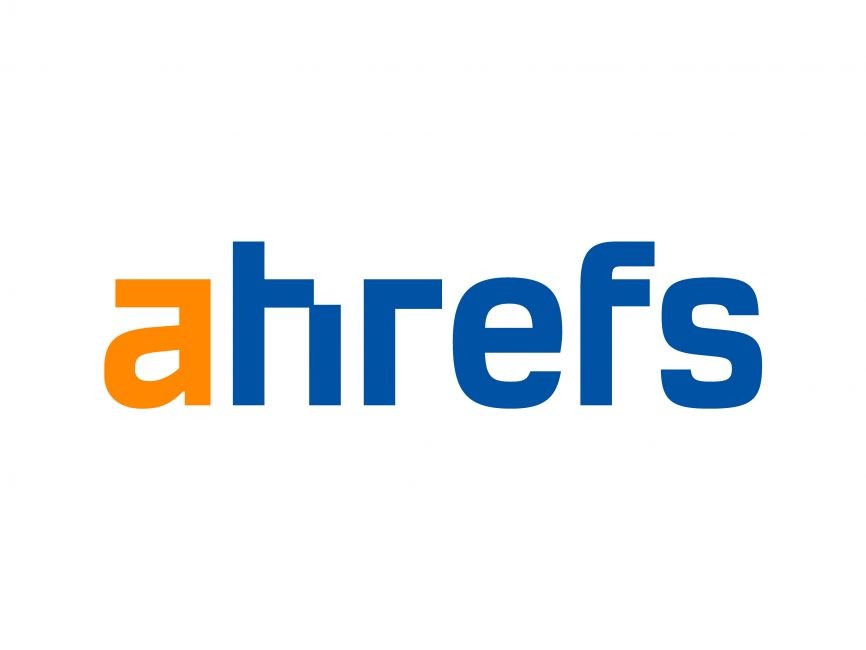

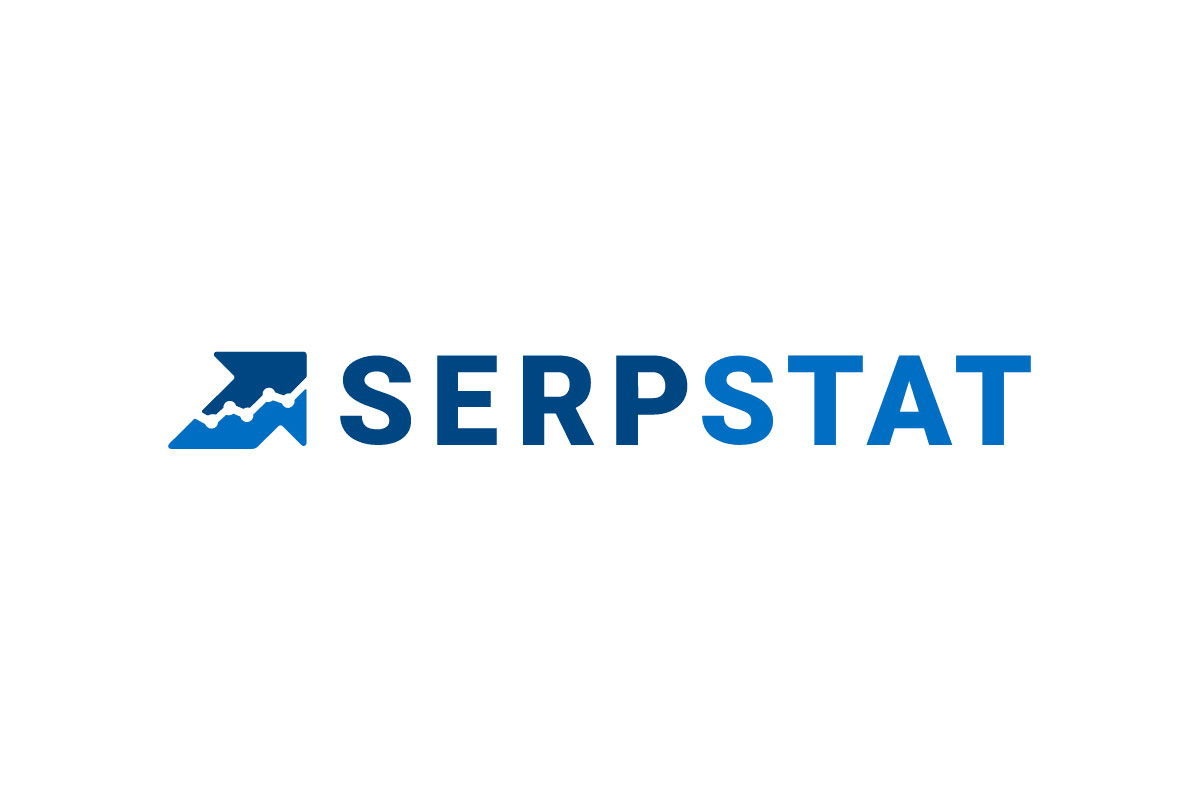



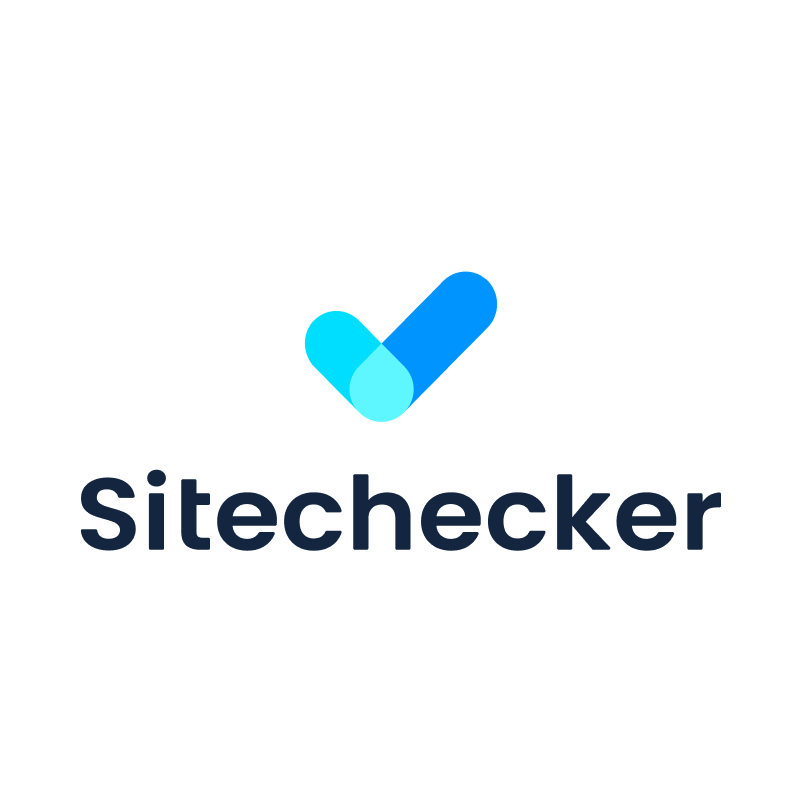

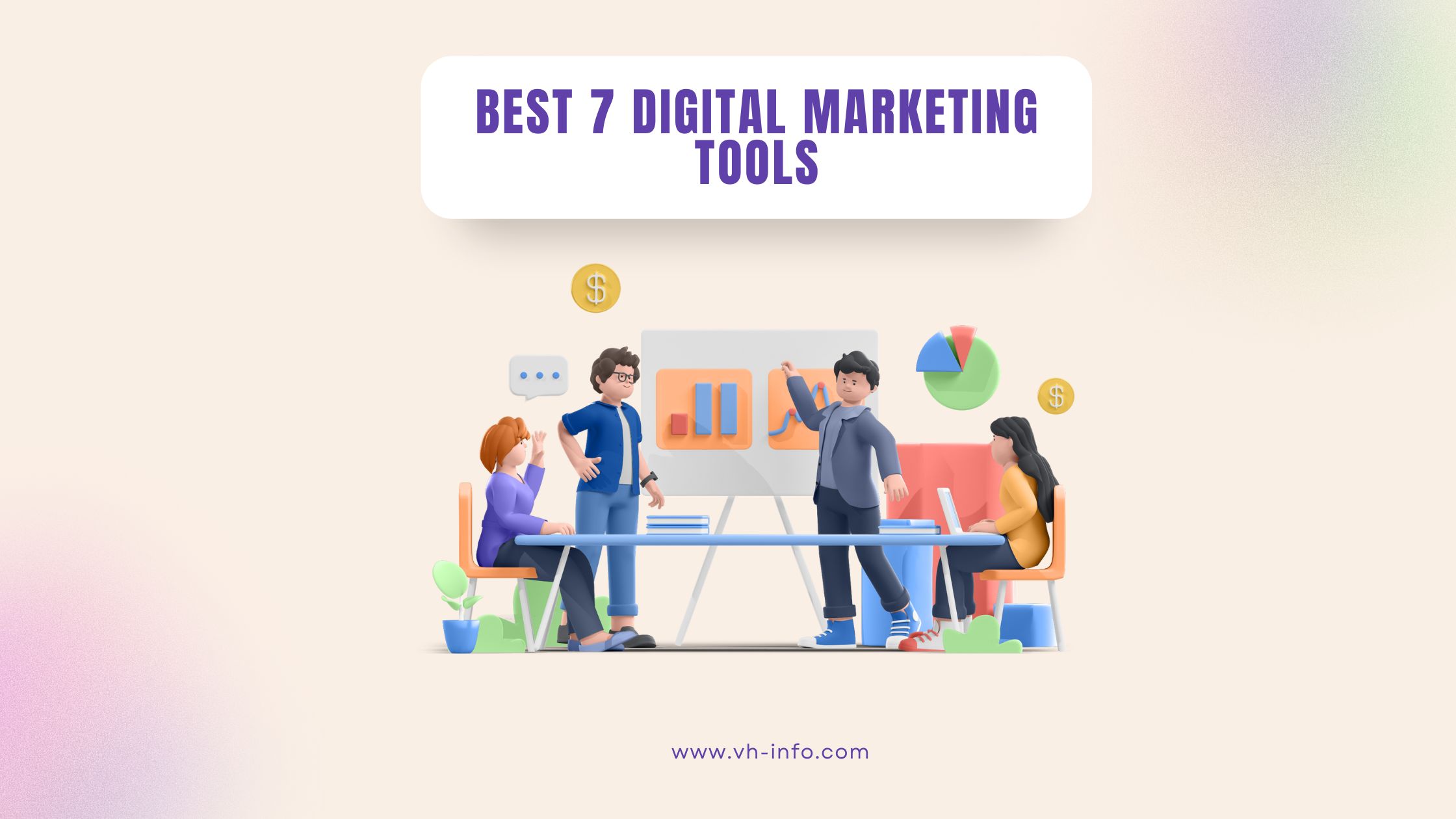
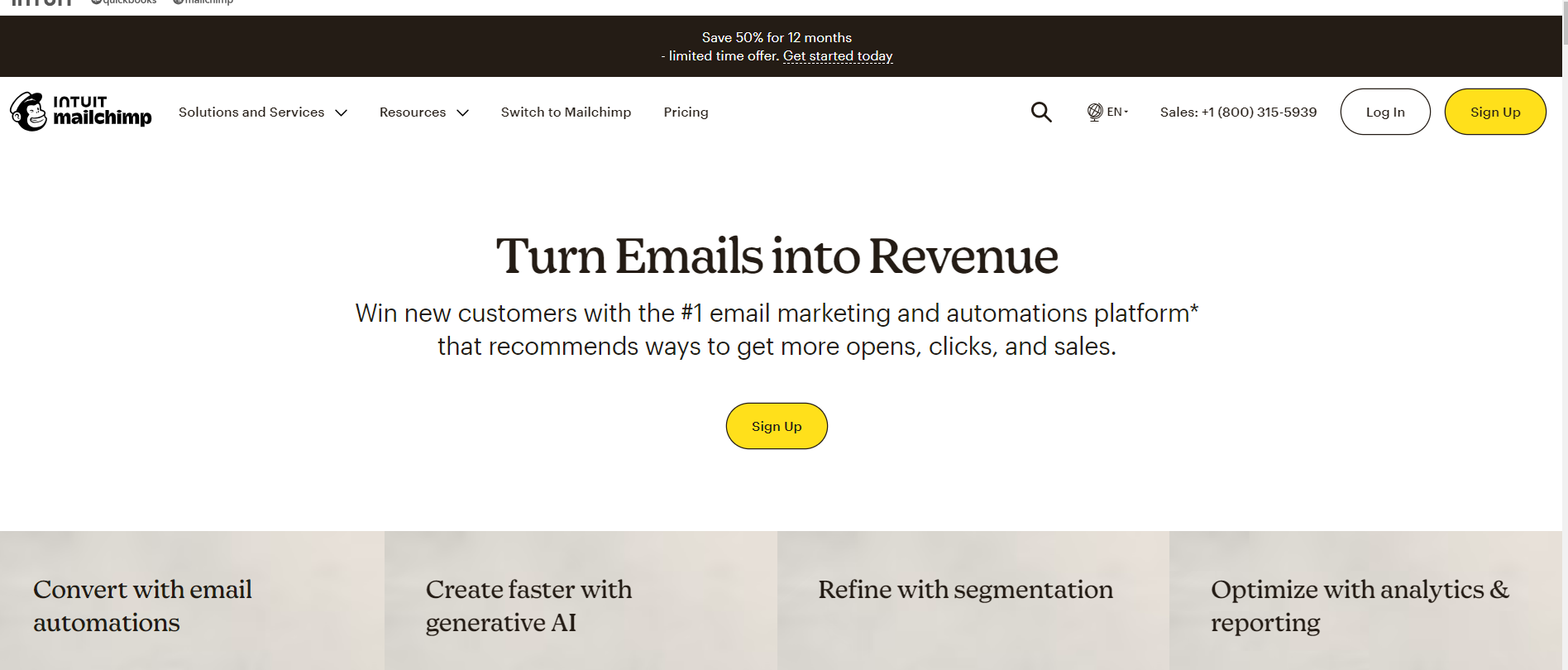 Mailchimp For Email Marketing[/caption
Mailchimp For Email Marketing[/caption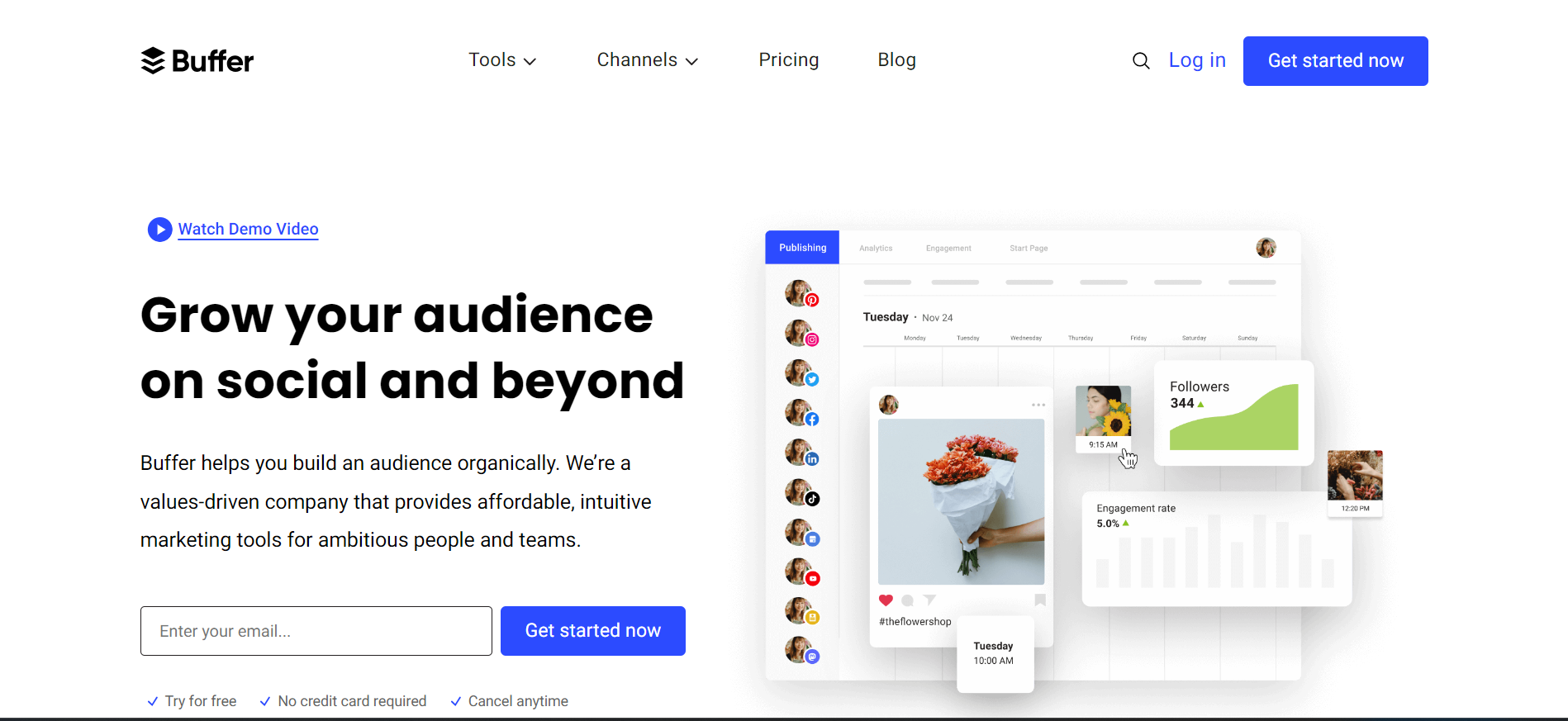 Buffer For Social Media Scheduling[/caption
Buffer For Social Media Scheduling[/caption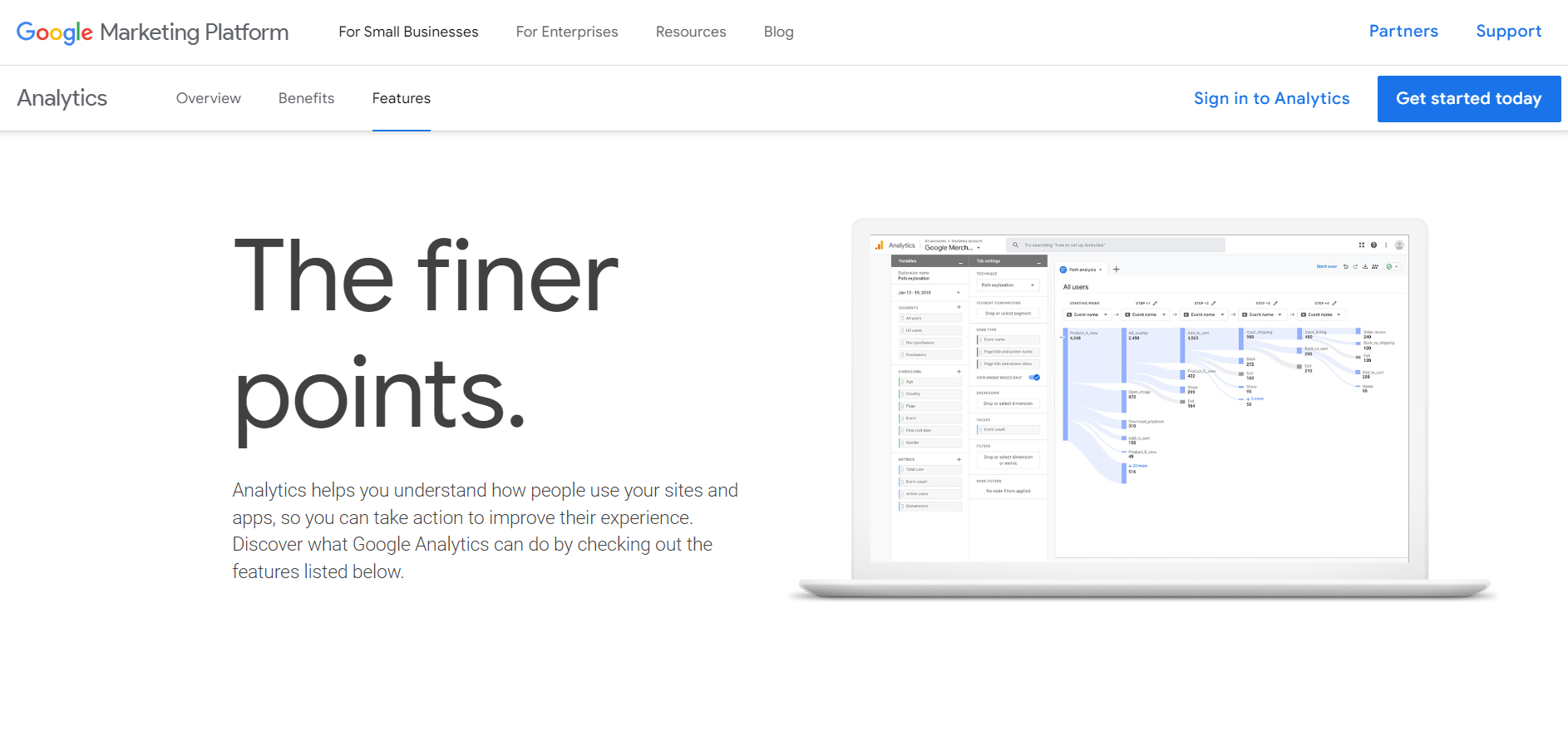 Google Analytics – Complete Web Stats and Search Insights[/caption
Google Analytics – Complete Web Stats and Search Insights[/caption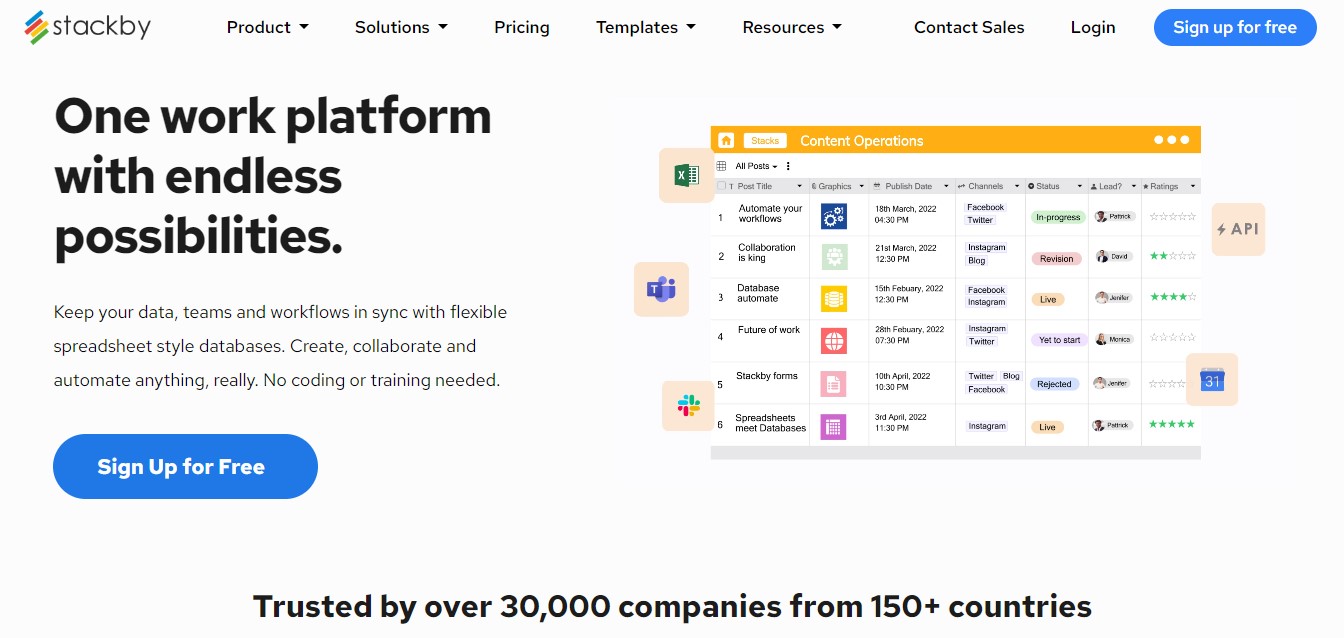 Stackby Database Management Tool[/caption
Stackby Database Management Tool[/caption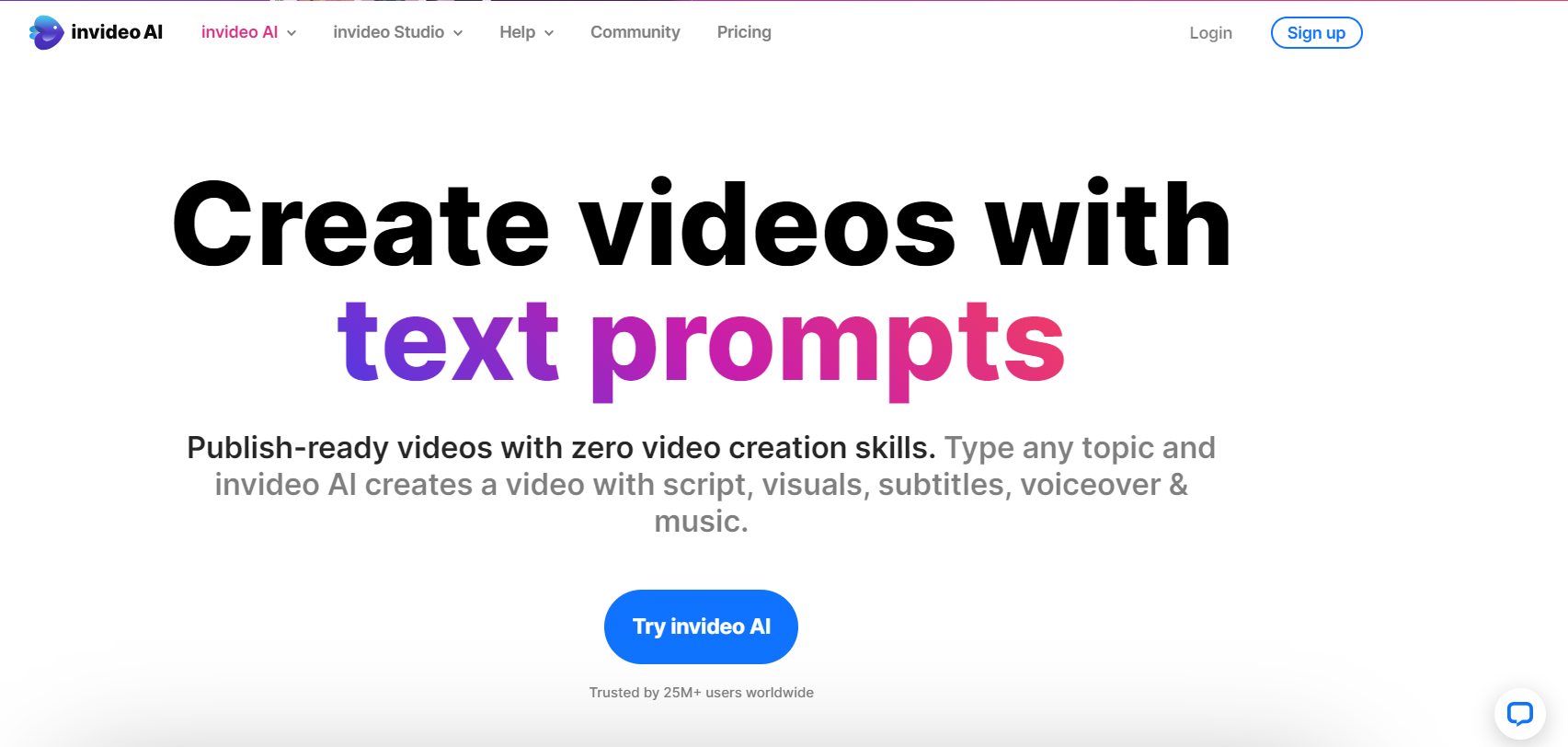 Invideo for Video Editing[/caption
Invideo for Video Editing[/caption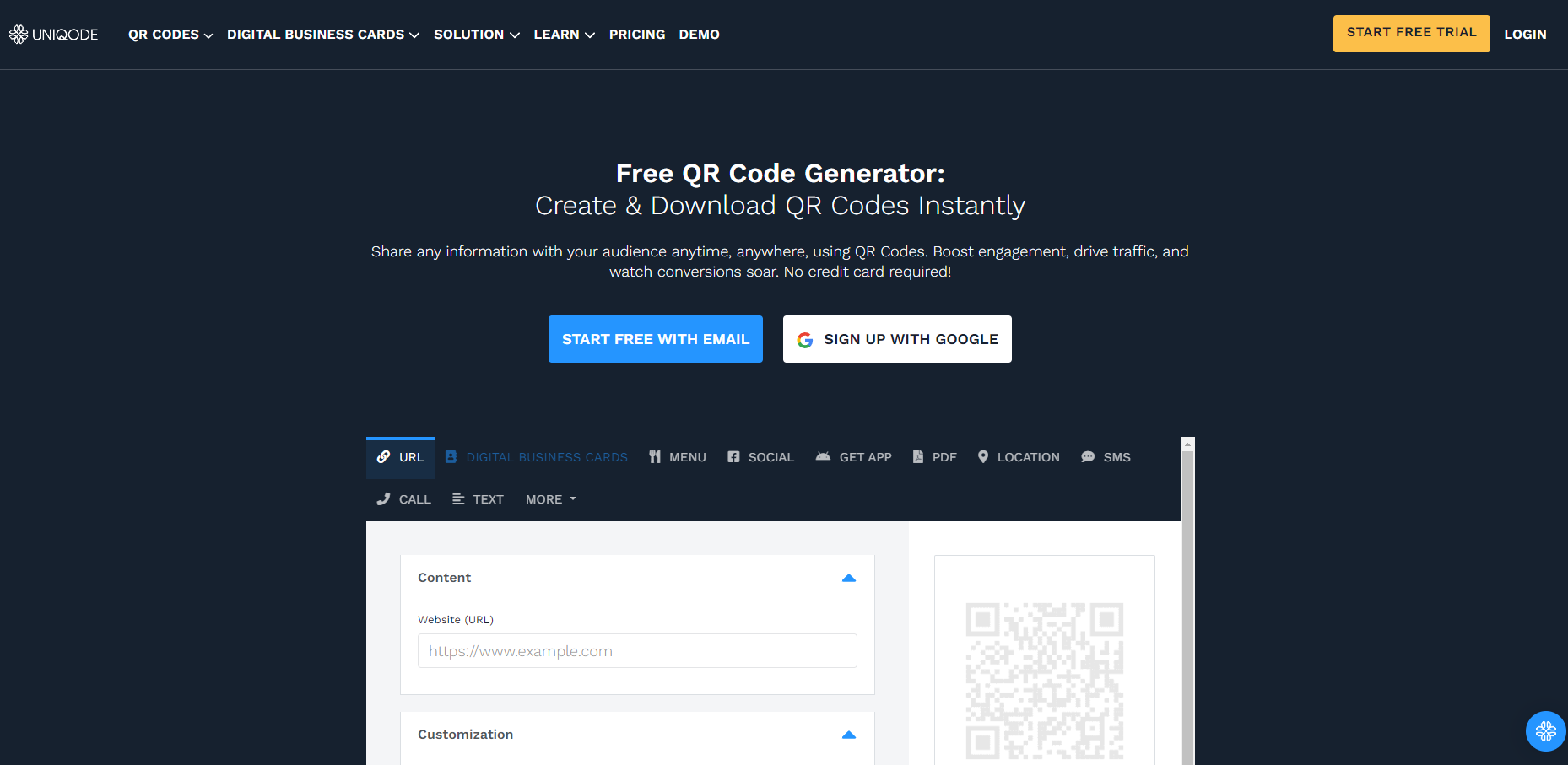
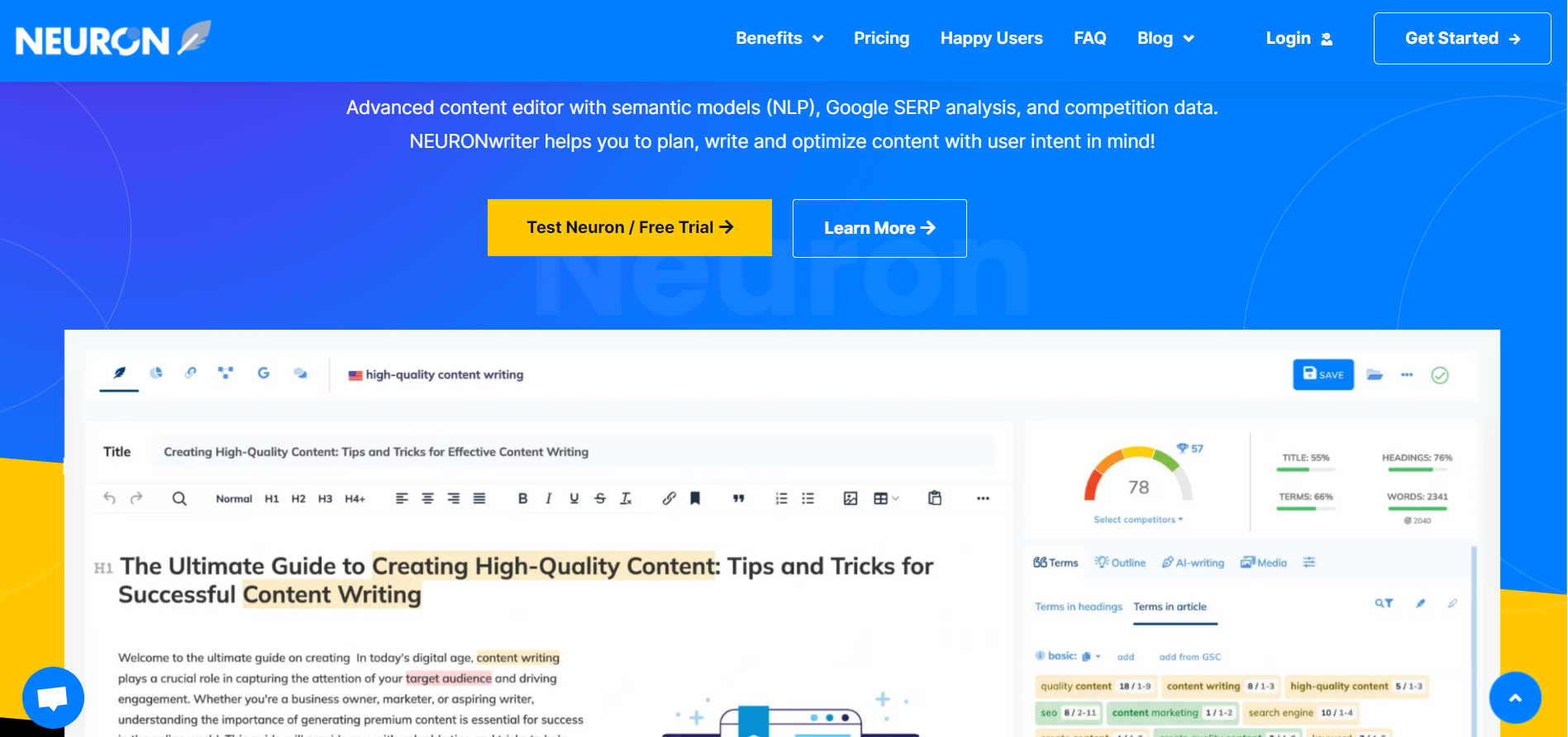 Neuwriter – Seo Content[/caption
Neuwriter – Seo Content[/caption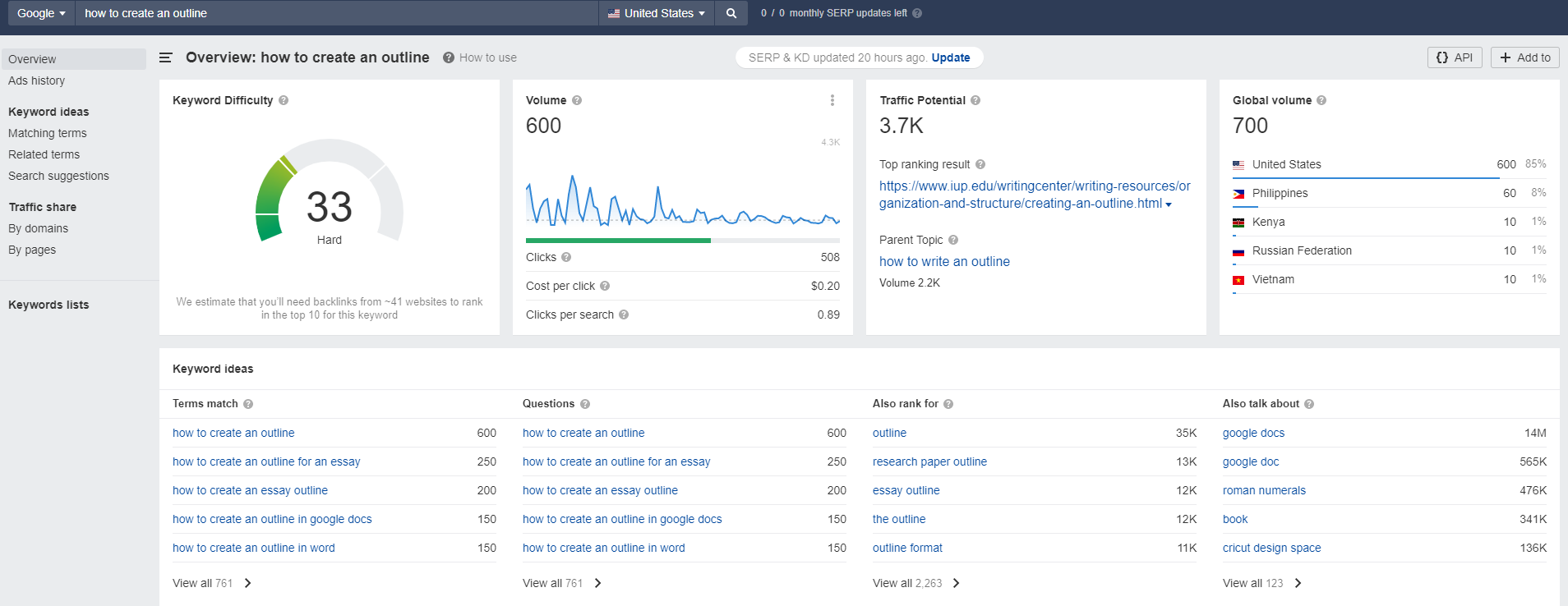 Ahref – SEO – Keyword Research Tool[/caption
Ahref – SEO – Keyword Research Tool[/caption